Xiaomi is a tech company with an amazing background. What started boldly in China 6 years ago as a software house, providing a heavily modified Android version called MIUI, has now evolved into a global tech giant. She is fourth in China and fifth globally in smartphone sales. Not committing to mobile hardware and software, Xiaomi produces all kinds of electronics from televisions to electric scooters. Where the company excels is communication skills. Xiaomi chooses to have a close relationship with the customer. A random user can ask for an improvement in one of the many official forums around the world, and will usually see it within a couple of weeks on his smartphone. Smartphones are supported for 3, sometimes 4 years, not only with security updates but also with the latest version of MIUI. Xiaomi is proud for MIUI and supports its superiority over stock Android or any other custom skin. But Xioami wouldn’t be in the position it is today if it wasn’t for the will to cross the boundaries of what is acceptable and what is possible to make. 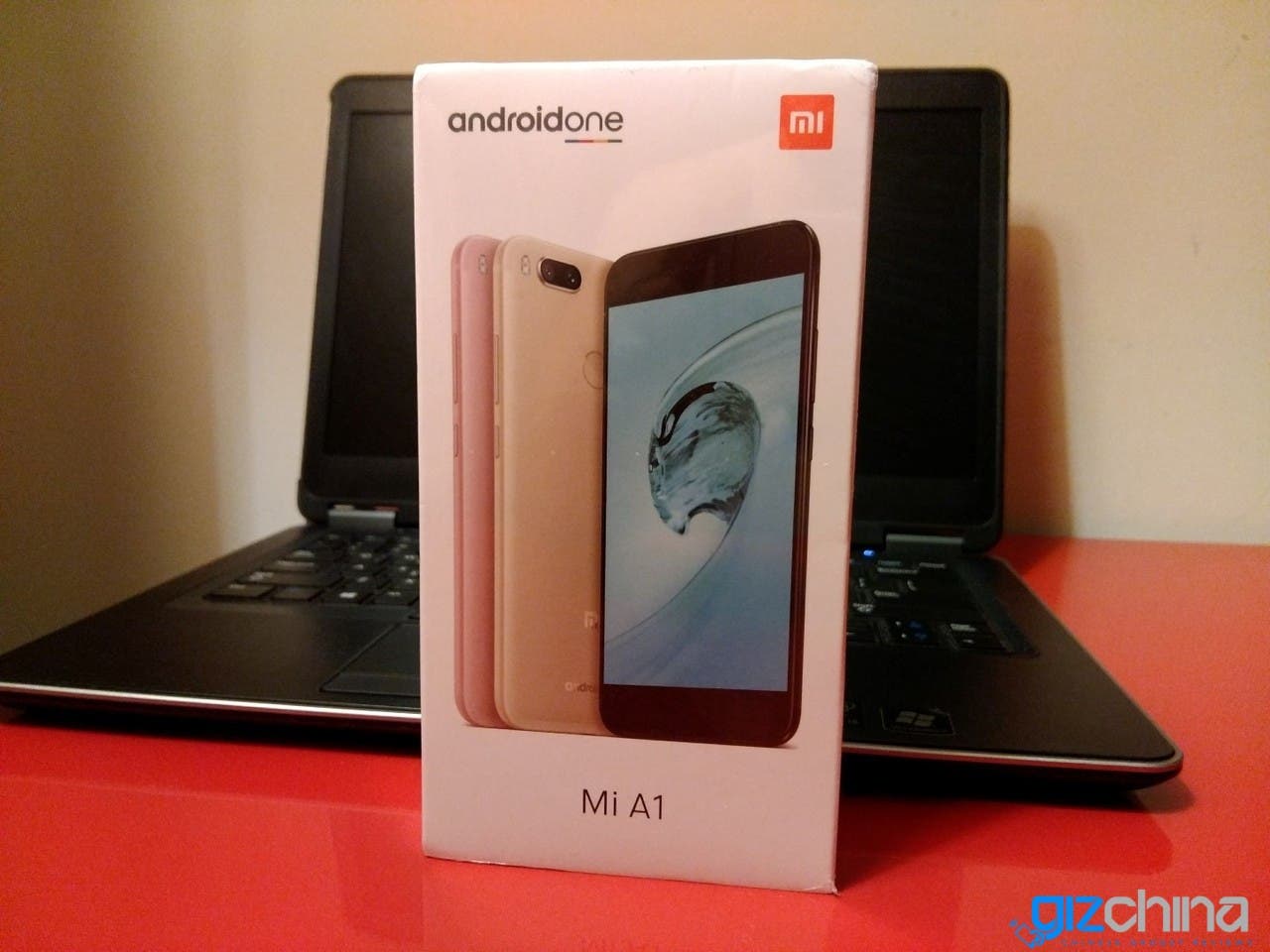
On the other side some people are selective in their needs over an Android smartphone, as they do not want the heavily modified skins or versions that usually make the user experience lost in delays and unneeded actions. They want stock Android (which many companies provide in our days) but with the updates and security features the moment Google provides the. These users had a single option and that was a Google made phone. The problem is that with the years passing by, the cost of the once-inexpensive Nexus series was increased and reached Apple iPhone pricing in the new Pixels line, making their purchase impossible for most. This reason motivated Google back in 2014 to initiate Android One program by providing stock Android versions updated by them, in entry level smartphones. The project turned to be a disaster with few sales, so this year Google decided to move on with a huge step with middle-class handsets and in a global scale. What Google was looking for, was a partner with excellent hardware in reasonable prices.
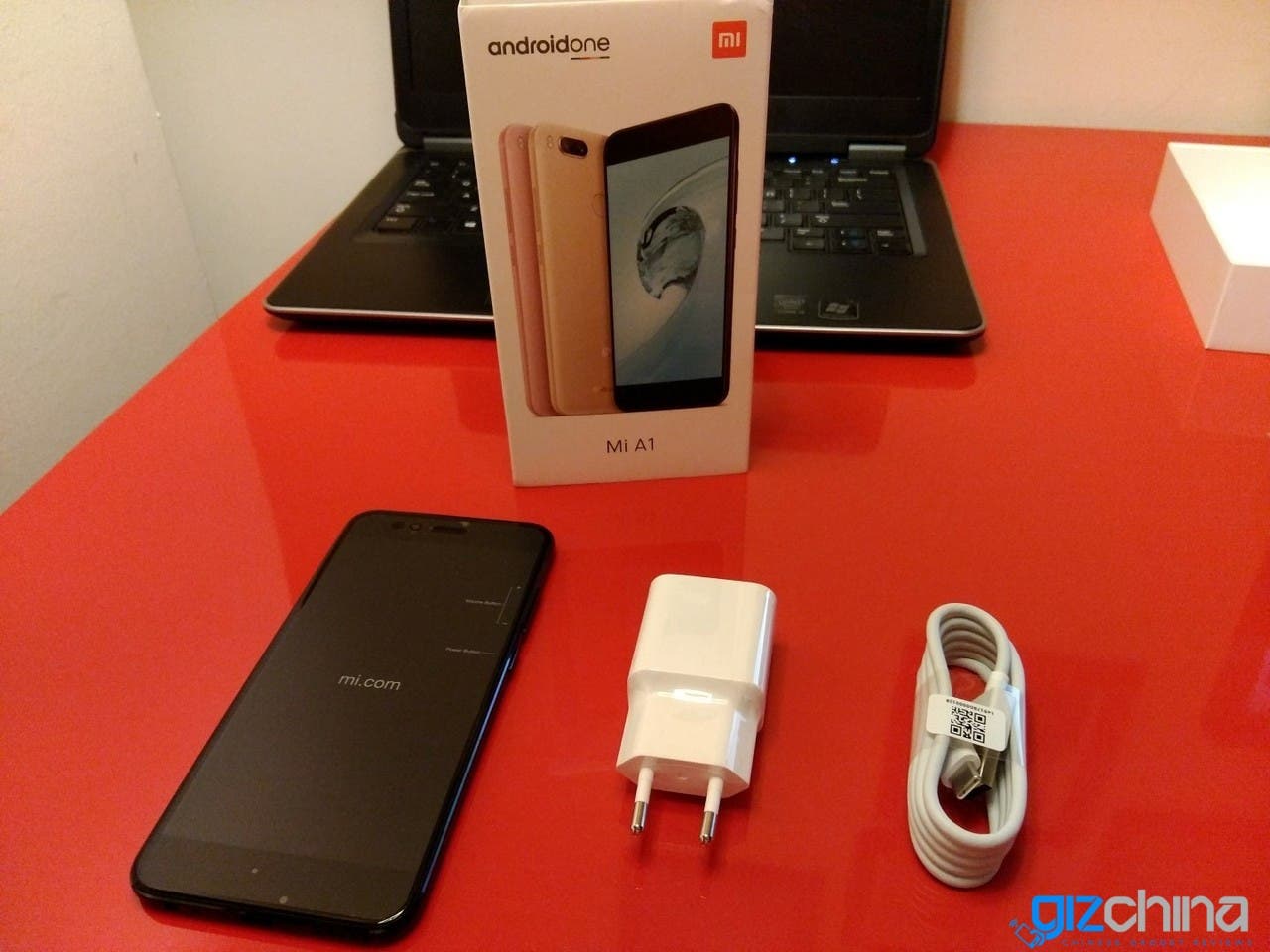
One reason why the Android One did not go well in India, one of the world’s largest markets and Google’s prime and strategic goal was the entry of the Xiaomi Redmi / Redmi Note series. They became instantly best-sellers grabbing a huge proportion of the market in the entry and budget categories. This success was probably what pushed Xiaomi to seek global recognition and fresh sales (pushed by enormous domestic antagonism from Huawei and Oppo/Vivo). For Xiaomi a simple solution was ahead, for many inconceivable. She sacrificed MIUI in order to work with Google, having the latter’s global experience, marketing and partners. Xiaomi on September 5th announced a smartphone on the Android One project, the Mi A1. This device is the first of the project (and officially by Xiaomi) available in Europe and 36 other countries. Google stated that
“(Google) is bringing a unified and consistent hardware and software experience to the developing world”.
We see the unique situation where TWO giants promote a mobile device worldwide and this combination has already created hype and taken the marked by surprise. Let’s see what Mi A1 really brings to the smartphone world and to the end user.

Xiaomi Mi A1 – Technical Specifications
- Display: 5.5 inch, 1920 x 1080 Pixel LTPS FHD screen, 450nm brightness, 403PI
- SOC: Snapdragon 625 2.0GHz Octa Core
- System: Android One
- Memory: 4GB RAM + 64GB ROM
- Camera: 5.0MP front camera, 12.0MP + 12.0MP back cameras
- Sensors: Accelerometer, Ambient Light Sensor, E-Compass, Gyroscope, Hall Sensor,
- Infrared Radiation, Proximity Sensor, Touch Sensor
- SIM Card: dual SIM dual standby. Nano SIM + Nano SIM
- Satellite Guidance: GPS / GPS / GLONASS / BEIDOU
- Bluetooth: 4.2
- Networks: 2G: GSM 850/900/1800 / 1900MHz – 3G: Band B1 / B2 / B5 / B8 – 4G: FDD-LTE B1 / B3 / B5 / B7
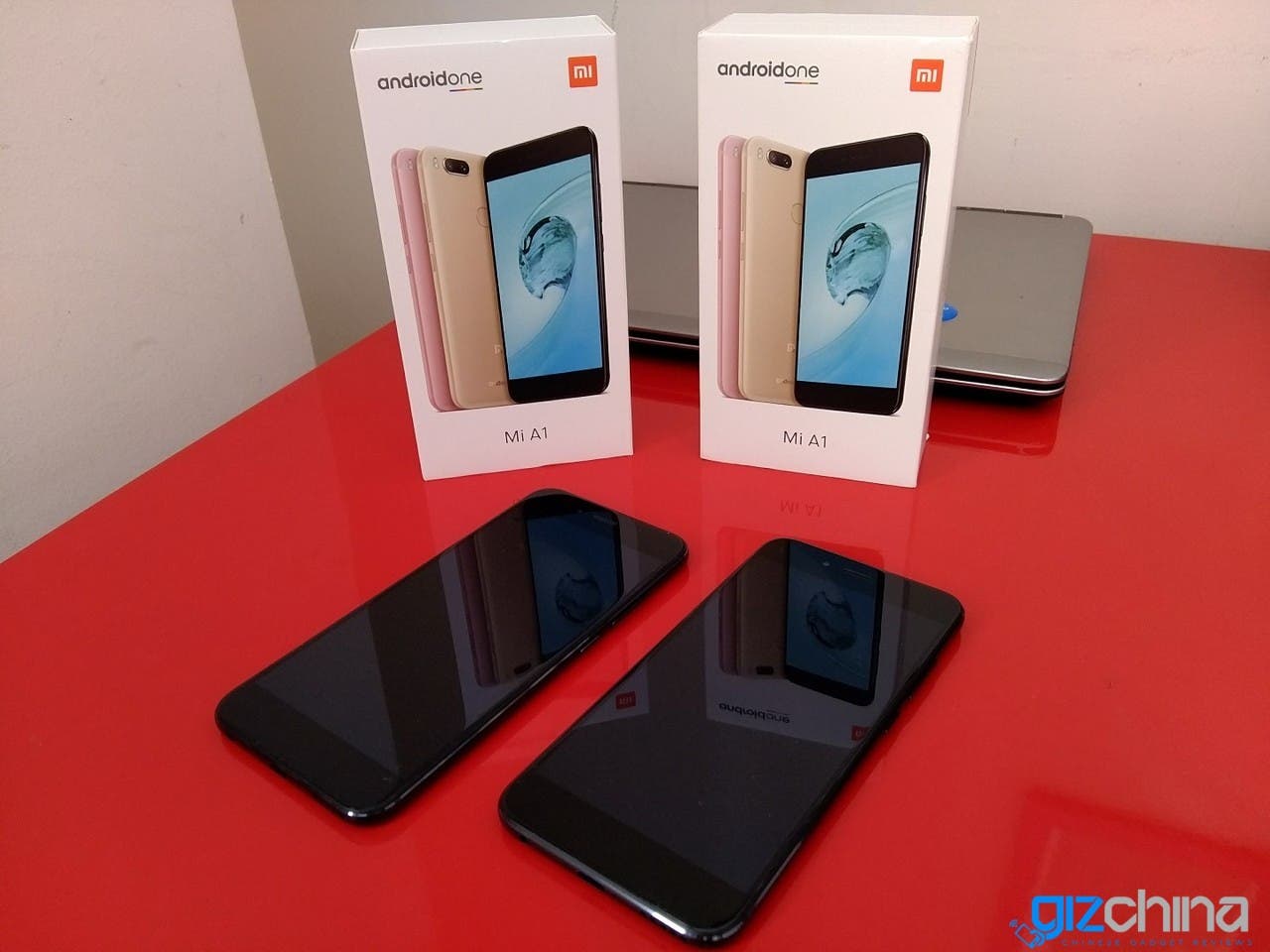
Price and availability
At the cost of one third of a Google Pixel 2, Mi A1 enters global markets with a reasonable price around 230-300 USD, competing with Huawei’s P Lite / Honor series, Samsung’s Galaxy J series and devices from smaller manufacturers, taunting them with latest software right from the source. Google promotes heavily the device with its partners. Xiaomi gives full attention to the project, so the chance to see limited stock is very small.
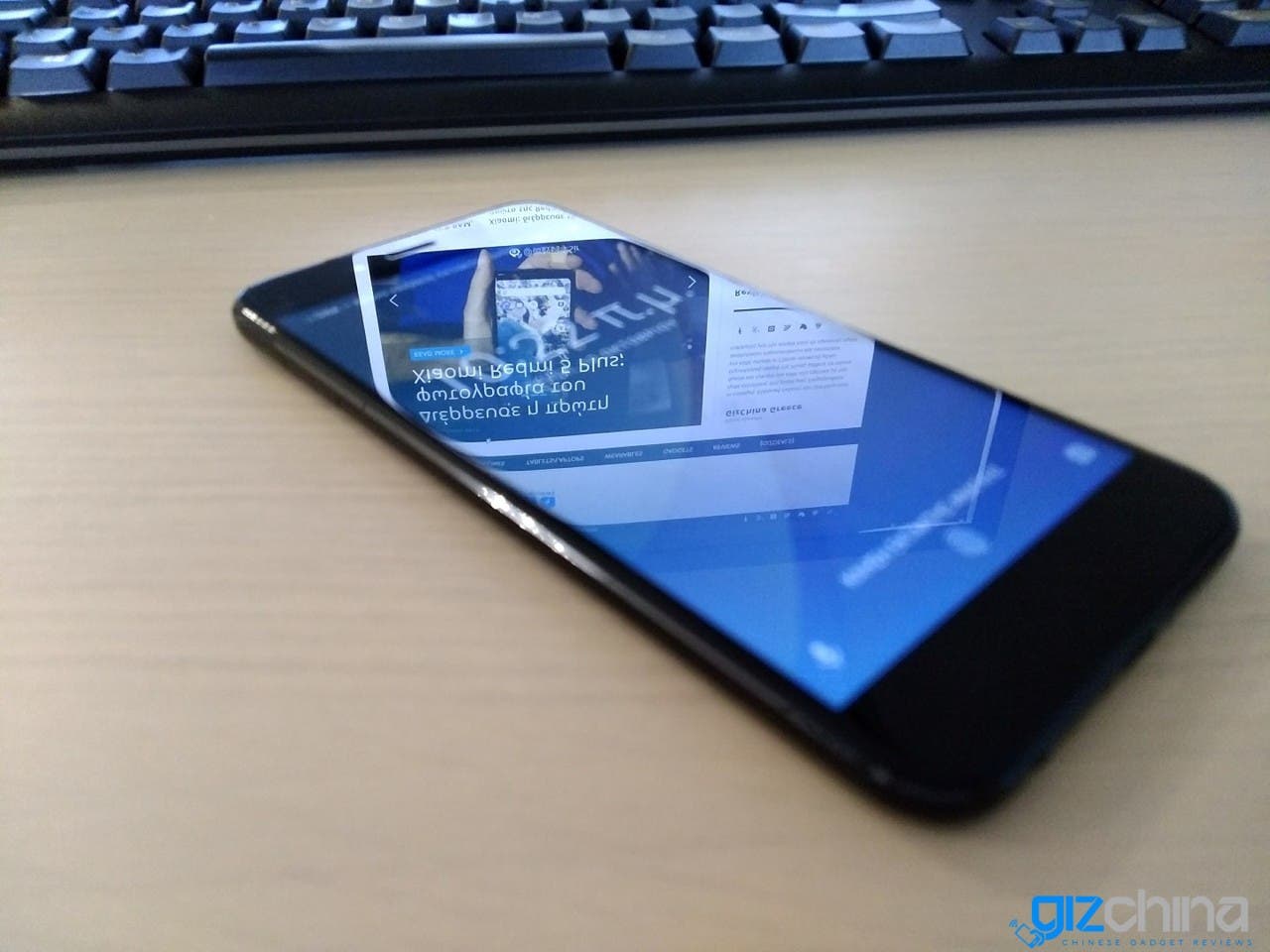
Appearance
The mobile is a rebranded Mi 5X. The smartphone was the first camera-centric mobile in the entry class from Xiaomi. It has design touches from Apple’s iPhone 7 and OnePlus 5. Mi A1 is well made with very good quality, surpassing any other phone in the price era. The difference in design with Redmi Note 4 is obvious, with the Mi A1 overcoming the whole Redmi series in good looks. It is thin at 7.3 mm and lightweight at 165 grams.
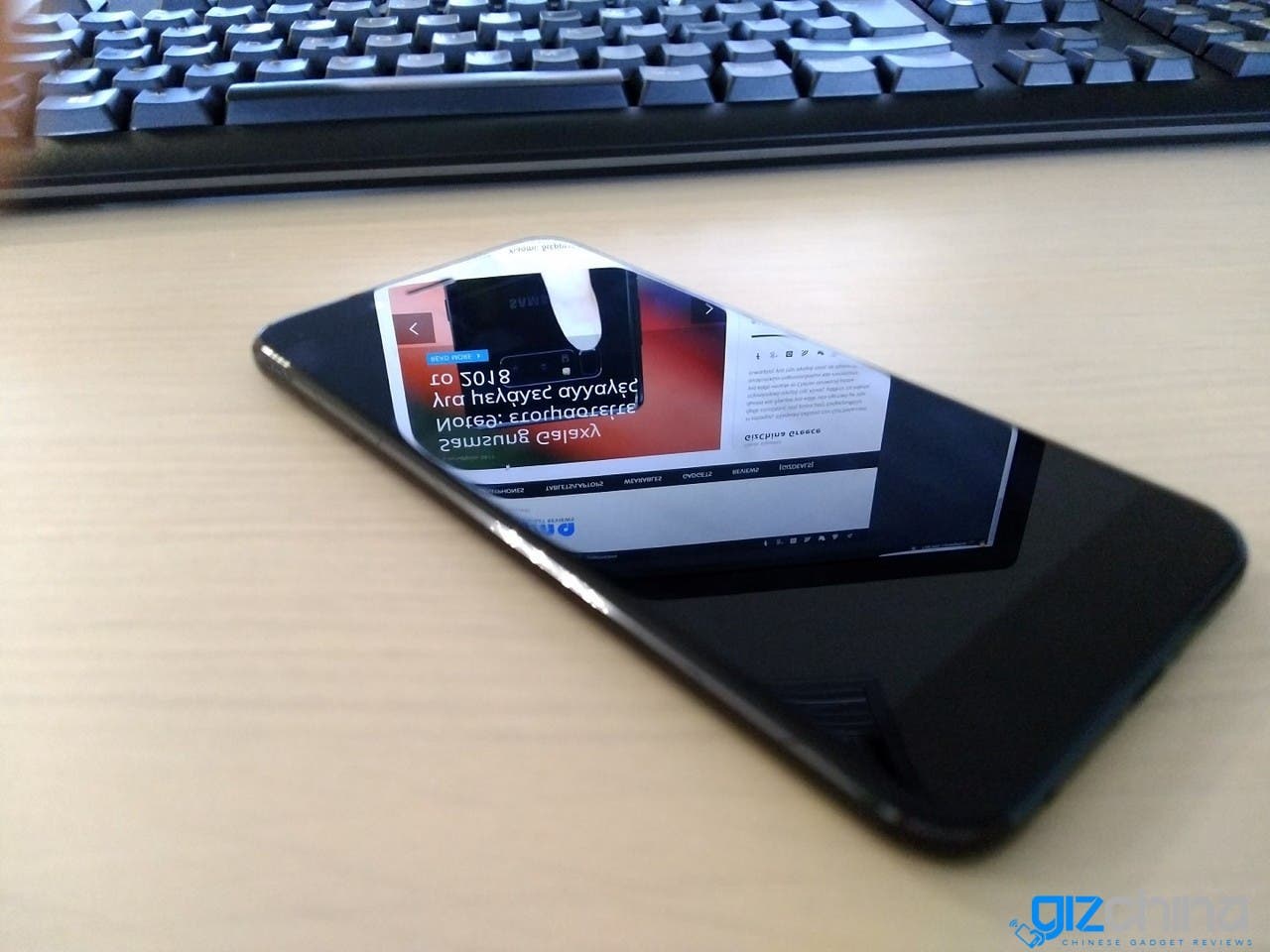
What’s the downside? In the year of bezel-less design, it has two big bezels at the top and bottom, strangely for the company that established the full screen hype this year with Mi Mix. It is curvy all over the body, allowing a good handle with one hand. It has a good feel too, not too heavy neither too light. The fingerprint censor is at the back panel at good position almost 2/5 of the panel’s length. At the bottom, it has a USB-C port, a speaker grill and a 3.5 mm audio jack.
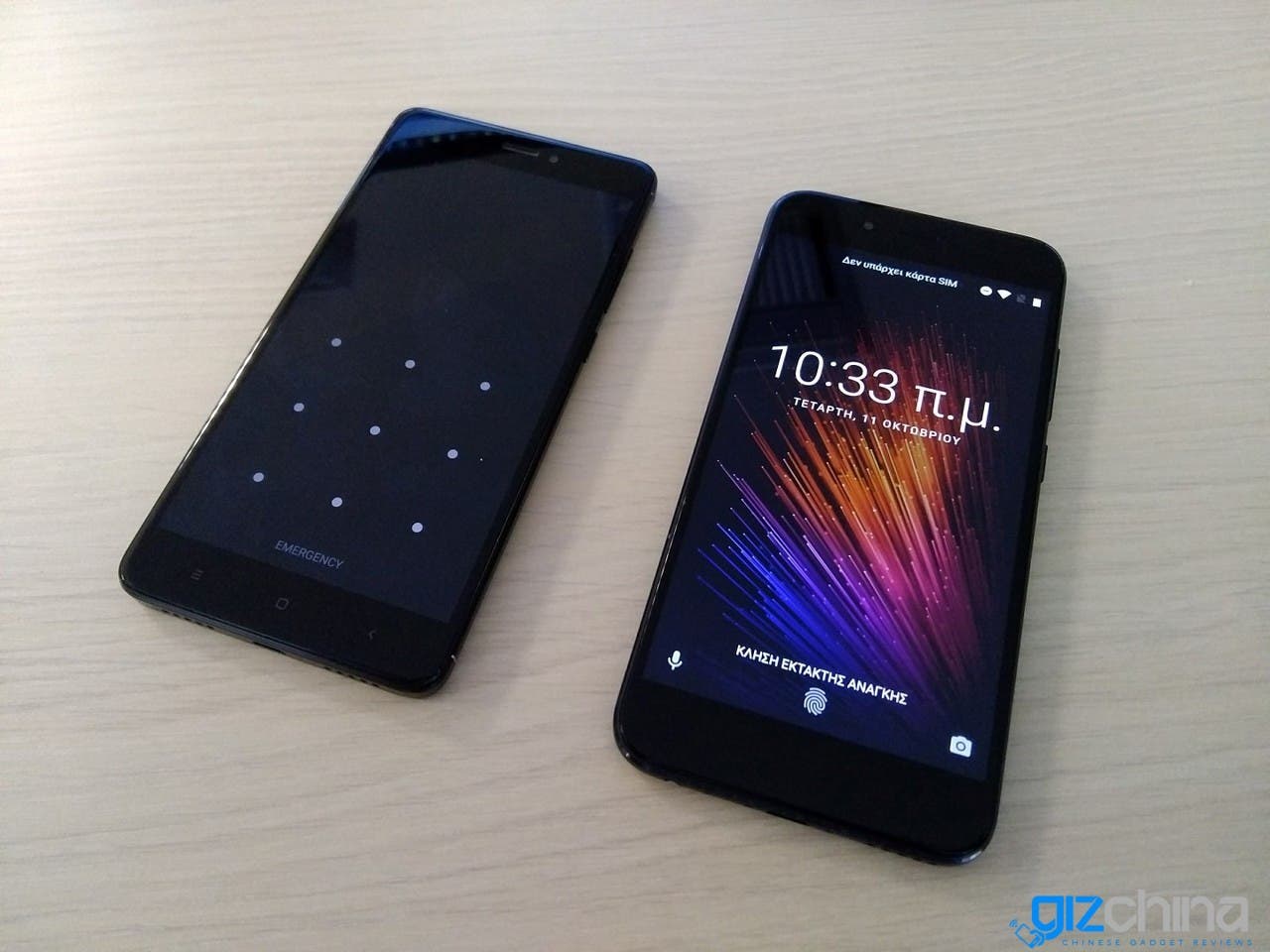
There is an IR blaster for remote handling your devices on top. It has three capacitive keys on the chin bezel, and two physical keys, power and volume on the side. On the left side is the SIM card tray. The double rear cameras have the same configuration as Mi 6 – a regular and a telephoto – and create a small hump at the back.
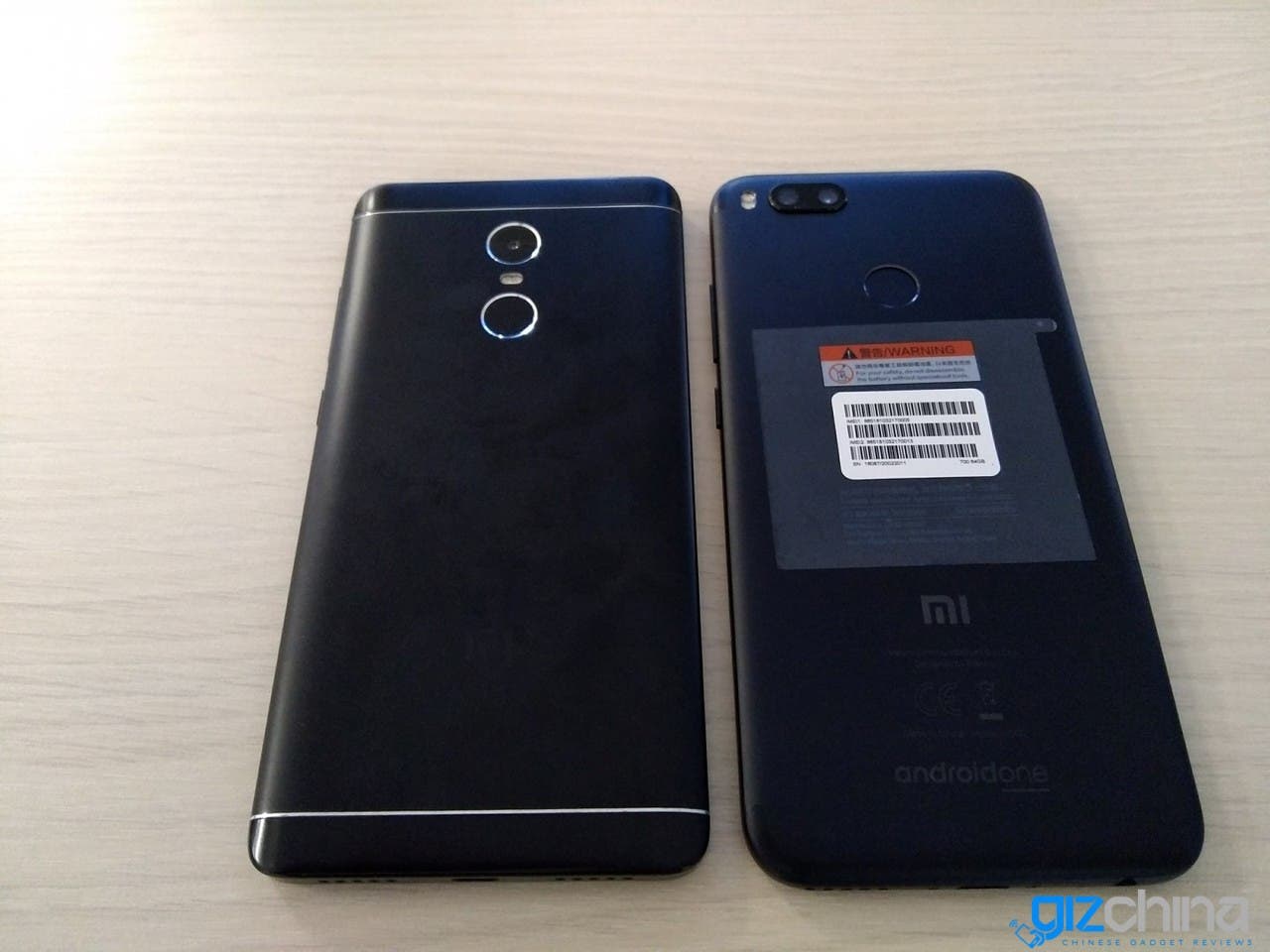
Considering the cost and the category this mobile belongs to, it’s simply beautiful, that is, if you don’t mind the bezels. The black model, has a glossy front and a matte back. The display has a fingerprint coating and does a good job keeping the looks clean.
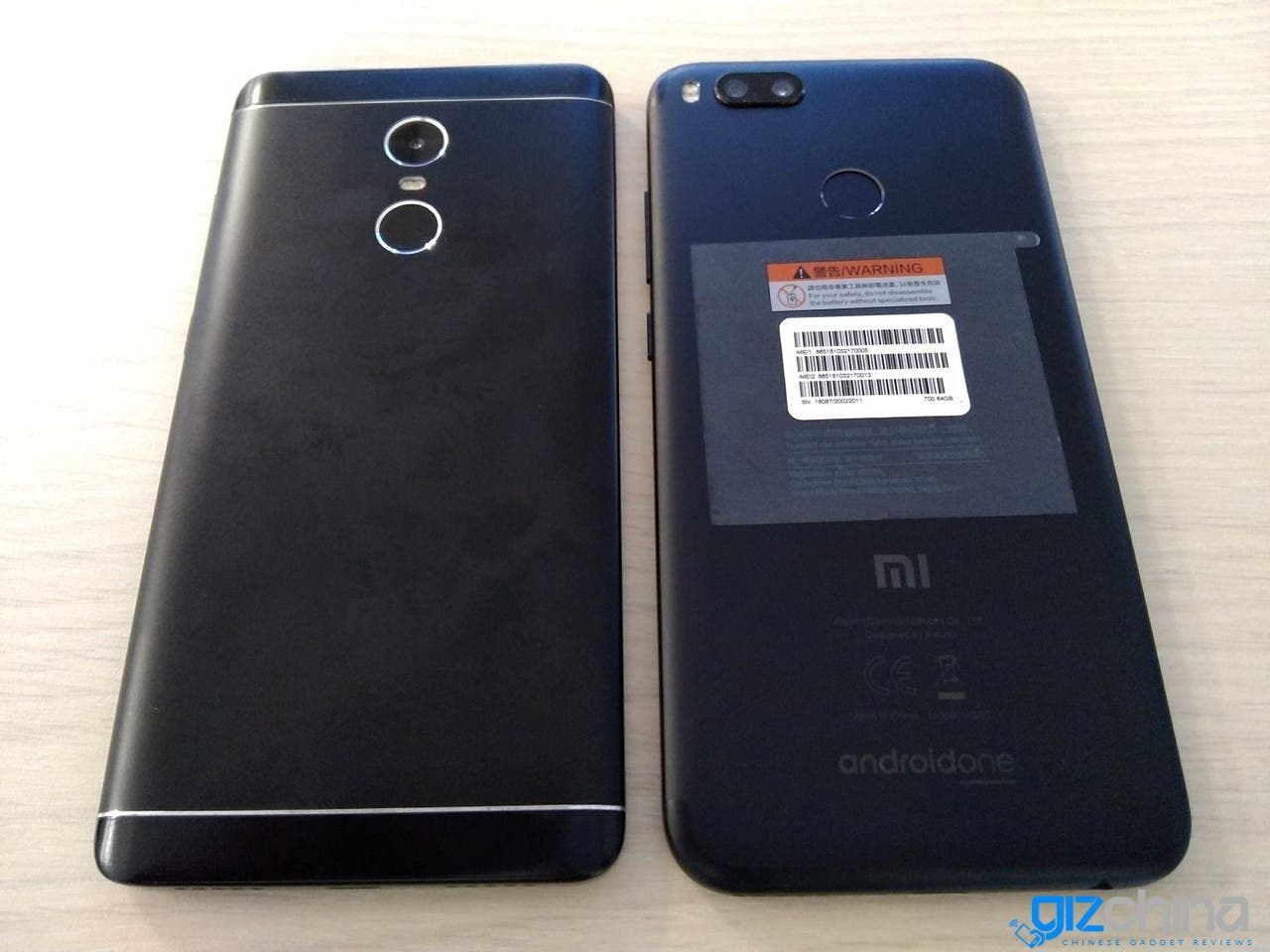
Software – AndroidOne
The main selling point of this device is Android One. The project was created originally to reduce the number of versions used worldwide creating huge security issues for Google. The search engine giant looked into the Apple practice for fully controlled limited versions. Secondly the project is a show off, an exhibition of how it should be an Android, skinless and bloatware free, mobile. Direct competition with Apple promoted the second part as the standard, with which these two companies compare software improvements and ability.
The advantages of installing stock Android has not escaped the look of other companies. Nokia, Lenovo and Motorola provide devices with it as well. The difference is that Android One provides upgrades directly controlled from Google without any agreements between companies that contribute to update delays. Xiaomi itself provides a new version of MIUI at least 9 months after an official Android version launches, while giants such as HTC, LG and Samsung are following in the same time frame. Mi A1 will get Android Oreo by the end of the year, has regular upgrades, in time it will move on to Android P and we will probably see Android Q in the future!
Gizchina News of the week
At this point the smartphone has Android 7.1.2 Nougat on and the security upgrade of October 1st. With Nougat you get all the extras like two applications simultaneously in split-screen multitasking, in-line notification answers, application shortcuts and more, like opening the camera by double-tapping the power key. It is possible to make the notification menu appear by dragging your finger on the fingerprint censor just like Pixel. The Mi A1 has Google Assistant by default so it can be used for your everyday tasks.
One of the advantages Android 7.1 Nougat is the Seamless Updates as it has been featured on Google Pixel and Google Pixel XL. This means that the Xiaomi Mi A1 has two partitions, one being used when the device is active, while the other is powered on whenever a new update is to be applied. New updates are downloaded and installed on the idle slot, while the active one keeps the phone on and functional. When the installation is complete, the device is restarted to the updated slot with the other slot inactive. The user has an uninterrupted upgrading experience with minimum downtime except a simple reboot. Since the user data partition is shared between the slots, all the applications downloaded along with user personal data remain available for use by any of the sockets.

A / B partitions have their own set of advantages and disadvantages. Having an extra partition, acts as a backup if the update is not properly done. If the device cannot boot to the updated partition within a few attempts, it will reboot to the other one and the user can continue to use the device while downloading the update from the beginning. An uninterrupted update experience also benefits users who no longer have to look at the Android’s Upgrading screen for a while, as they wait for the update to finish. On the other hand, the A / B partitions are basically two and the end user gets smaller storage space since a slot is reserved for the extra partition. This is not a problem with devices with large internal memory and I do not think the Mi A1 with the 64GB ROM has an issue here. The real issue is the switch to file encryption as they create various technical obstacles when it comes to develop ROM and kernels. Magisk still does not provide official support for Google Pixel and Google Pixel XL, but work is still in progress.
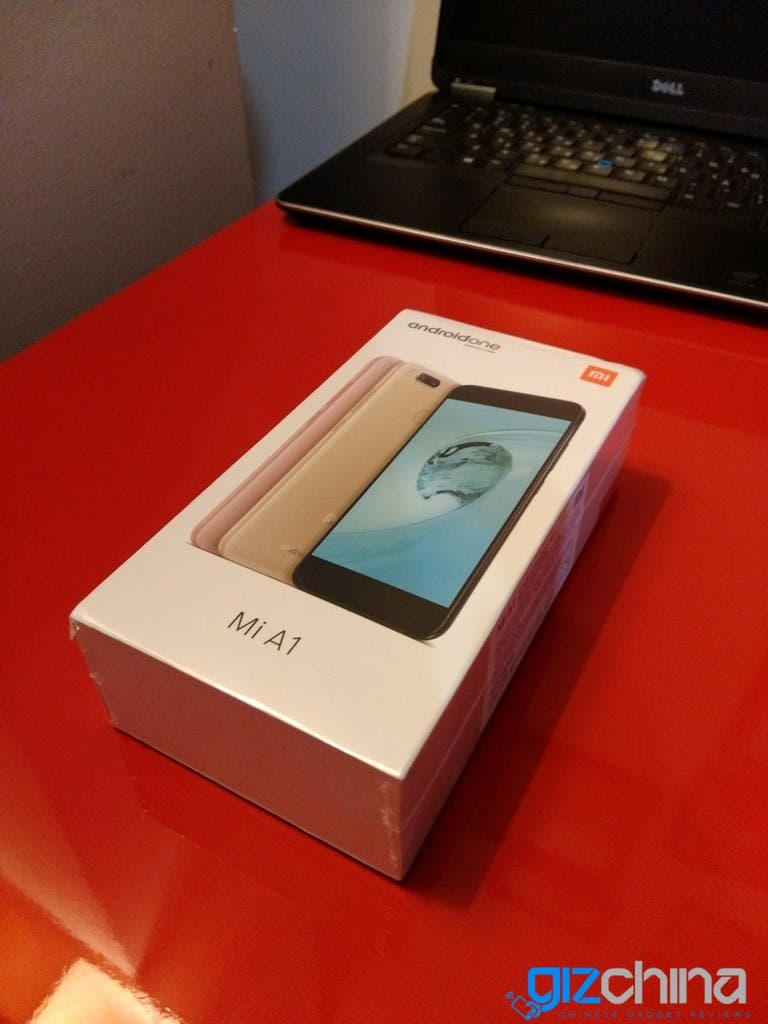
Xiaomi has four mobile apps installed: Feedback, Mi Remote (control), File Manager and Camera. The Camera has many options – a Xiaomi app was chosen since Android One does not yet supports dual cameras. Compared to a Redmi Note 4X, a similar device with the same SoC, the speed of Mi A1 is visible and I can say it’s unique to the category.
The sole disadvantage this smartphone has is stock Android itself. If you don’t like it, this phone is not for you. MIUI and other OS gimmicks are missing and I would really love to see some of them here.
Performance – Comfortable, trouble-free multi-tasking
The device is the same Mi 5X we have seen, since its summer release, but radio app is missing. Mi A1 has absolutely no temperature issues, not even with 30 applications open or while charging. The battery life is simply excellent, it can take a day and a half with good use and has 5-6 hours SOT. I do not think another 3.080mAh battery device is doing so well and is something we have to thank Google’s optimization for. Fast charge is not in the package, no one knows why. Charging from 0% to 100% takes around an hour and forty five minutes. It is not fast but not slow either.
The phone has a 10V sound amplifier even though it’s not targeting a media-centric audience. The result is a bit over average in quality but superb in volume, it is very loud (don’t use the maximum level for alarm!). The single speaker output is clear and the same result can be heard from Xiaomi Pistons 3 headphones. Calls are clear too, no issues with volume or hissing sounds. The signal reception is good too, used with two different networks for two weeks.

The LTPS FHD panel is developed from Xiaomi’s LCD production line. The panel has good colors but not great and the resolution does not overwhelm with its media reproduction. During the day and with a good factory brightness (450nits) the display can be seen without the need to be shadowed. The display is one of the best going around for the price Mi A1 is valued for.

Snapdragon 625 with stock Android is a treat for every user’s daily experience. Application to application transfers is comfortable – works with double taping the menu button too instantly. Multitasking is effortless. The 64GB internal storage is good for me but those who want more, they can use the second SIM place in the tray, optimized for microSDs cards up to 128GB. Using the Mi A1 for navigation or for maps is great, connection to satellites is fast and the processor keeps the mobile on for long trips and without high temperatures.
Dual camera – good photos but software improvement is needed
The main feature of the Mi 5X is the dual camera. We are talking about the same camera which Xiaomi praised the whole summer. The company took the twin camera from Mi 6 and put it on the Mi 5X / Mi A1 lacking the small aperture. It has two 12MP sensors on the back: one is a wide-angle lens with 1.25-micron pixels and f / 2.2 aperture while the other is a 1.1-micron telephoto lens with f / 2.6 aperture that offers 2x optical zoom.
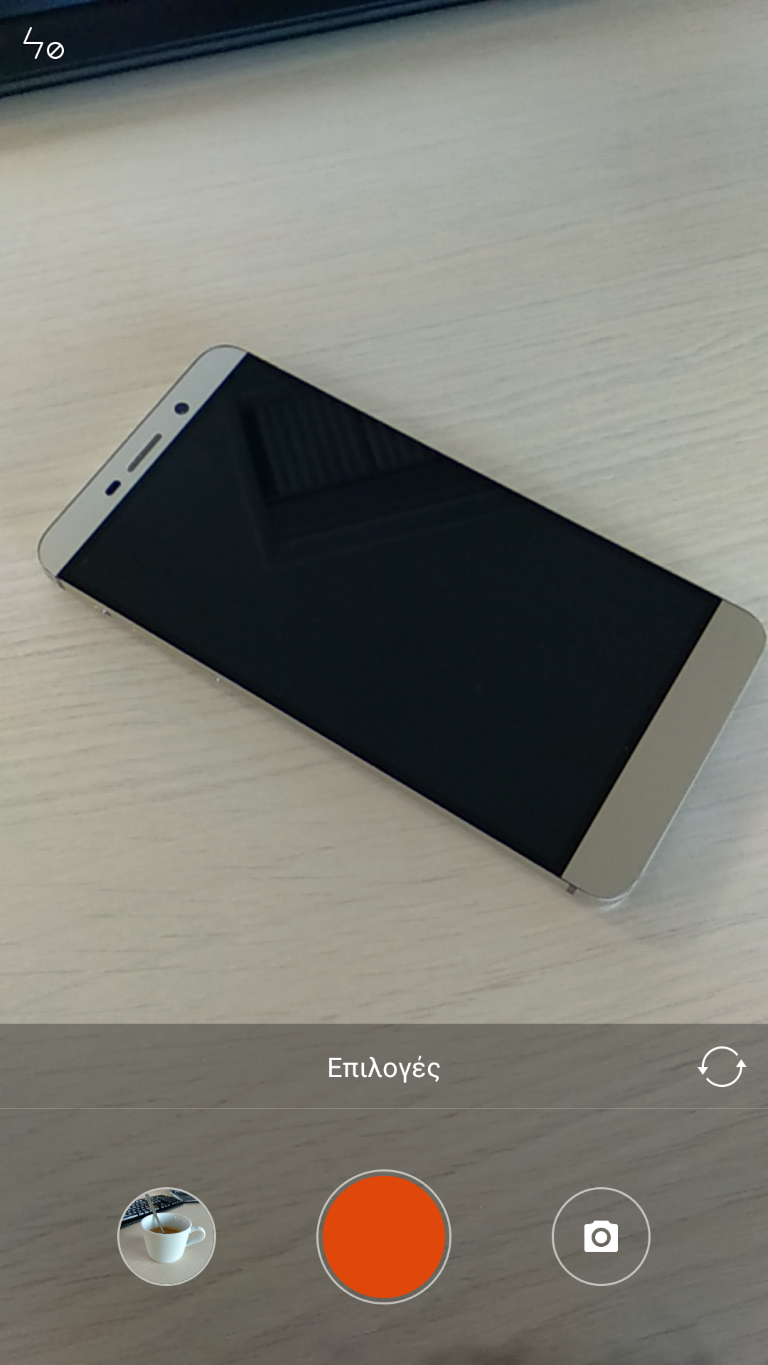
The main camera offers pictures and realistic portraits in the day with good color and clarity. If you want good photos with minimal light the aperture surely does not help. I cannot say that I am satisfied either from the imaging software, it looks way worse from Mi 6 in night shots. Community has already ported Gcam application from Pixels. The results are astonishingly good when compared to the original images. I hope that both Xiaomi and Google will update the imaging software as soon as possible.
The use of portrait mode in combination with the bokeh effect is good enough – it takes less than 2 meters and good lighting but has “noise” at the corners. Camera gives a watermark option with logo “Shot on Mi A1” seen in the bottom left corner of the images. Settings allow a lot of modes with 7 options for saturation, contrast, and sharpness. The camera is not stabilized (another difference from the more expensive Mi 6) and it needs a stable hand to take pictures or video.
Video handles up to 4K with time lapse and slow motion extra options. The audio from the video is good but the lack of stabilization affects the final outcome.
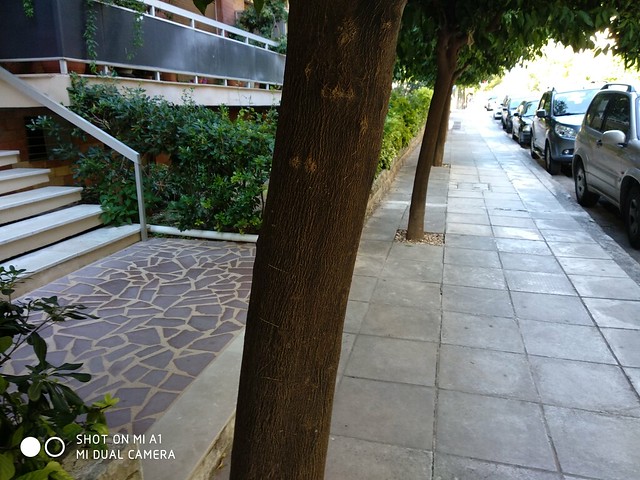
Front camera is an 8-megapixel snapper simple to use and with many special effects to play with. It provides filters and an option for group selfies. It is not anything special either but the phone is not selfie-centered either. If there’s ample light conditions then you can comfortably make video calls with Viber, Skype of Google Duo. Selfie mode has a gimmick that guesses age and sex.
If you want to check all of our photos from the camera of Mi A1, click on the album below:
Our impressions
The Xiaomi Mi A1 aims basically towards the middle market segment with a good price and unique features. Simply said it has no opponent in hardware quality and build according to me.
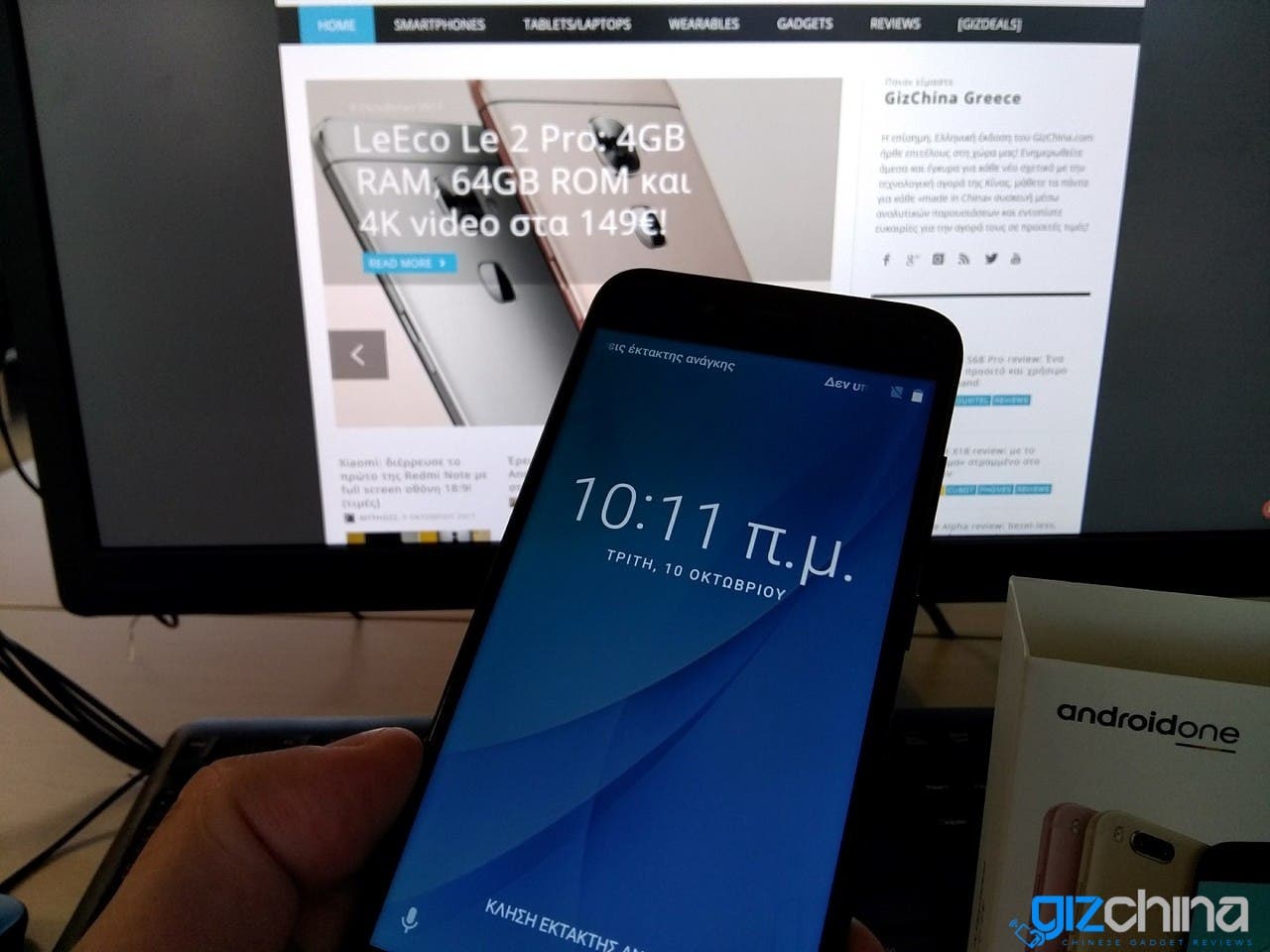
If you’re thinking for a reason not to buy it, then think no further that stock Android itself. In case you want more, Xiaomi’s Mi 5X and other devices can fill the gap, but not with the same UI speed or general snappy performance.
The Xiaomi Mi A1 will be updated to Android Q in two years from now. That is a major advantage over any other same range device and this fact makes it the absolute VFM on the category. Loved it!


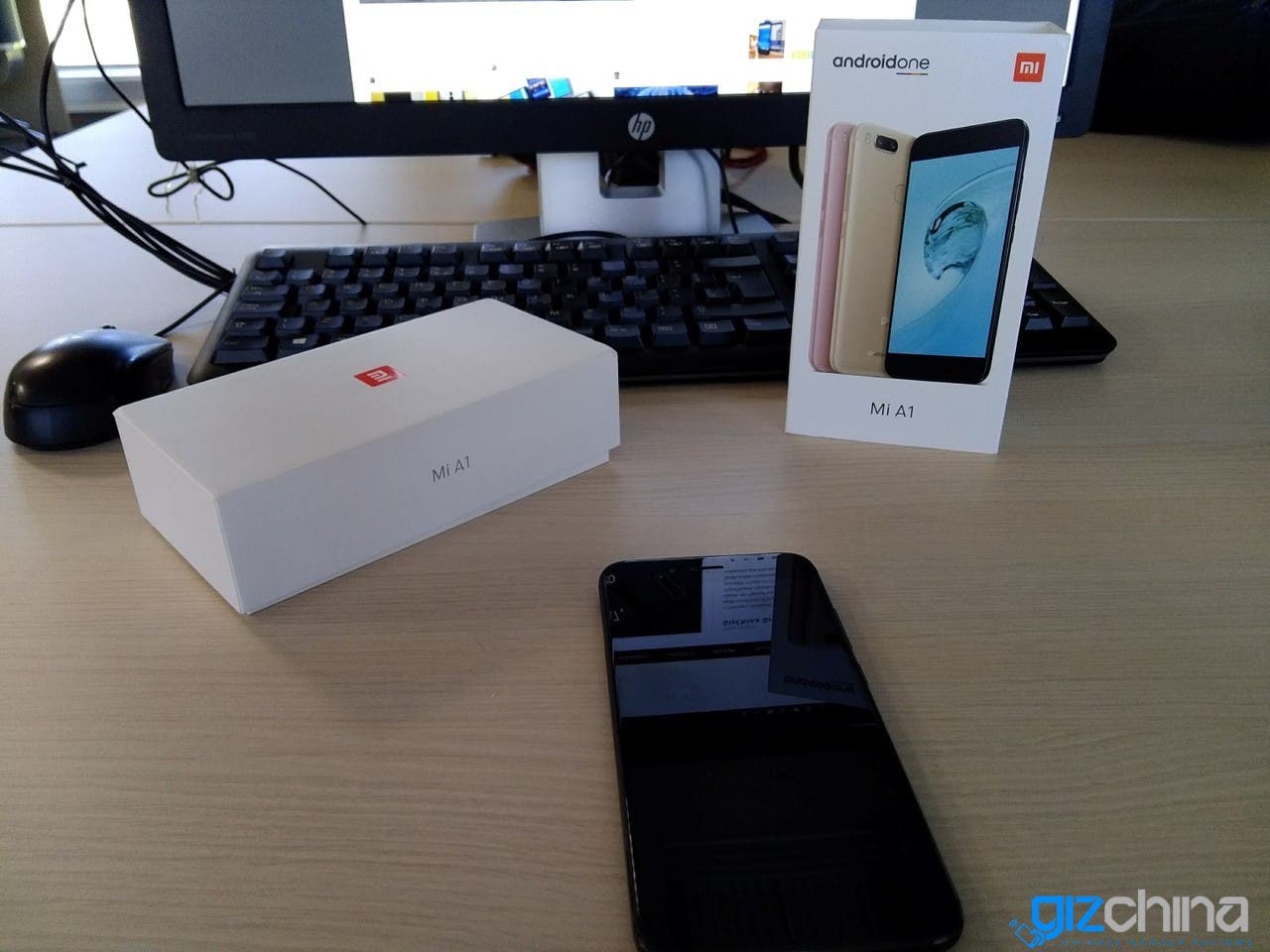
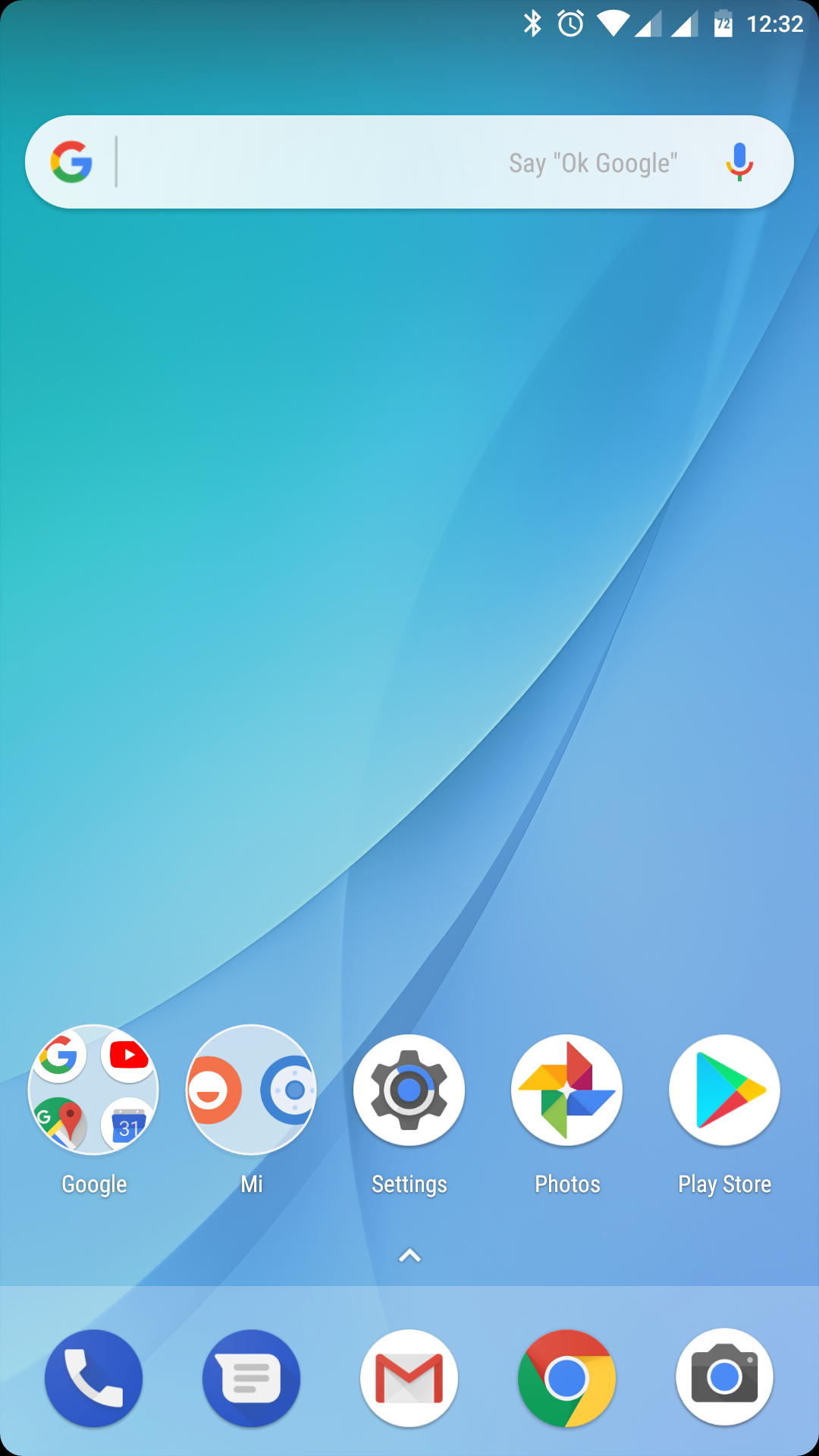
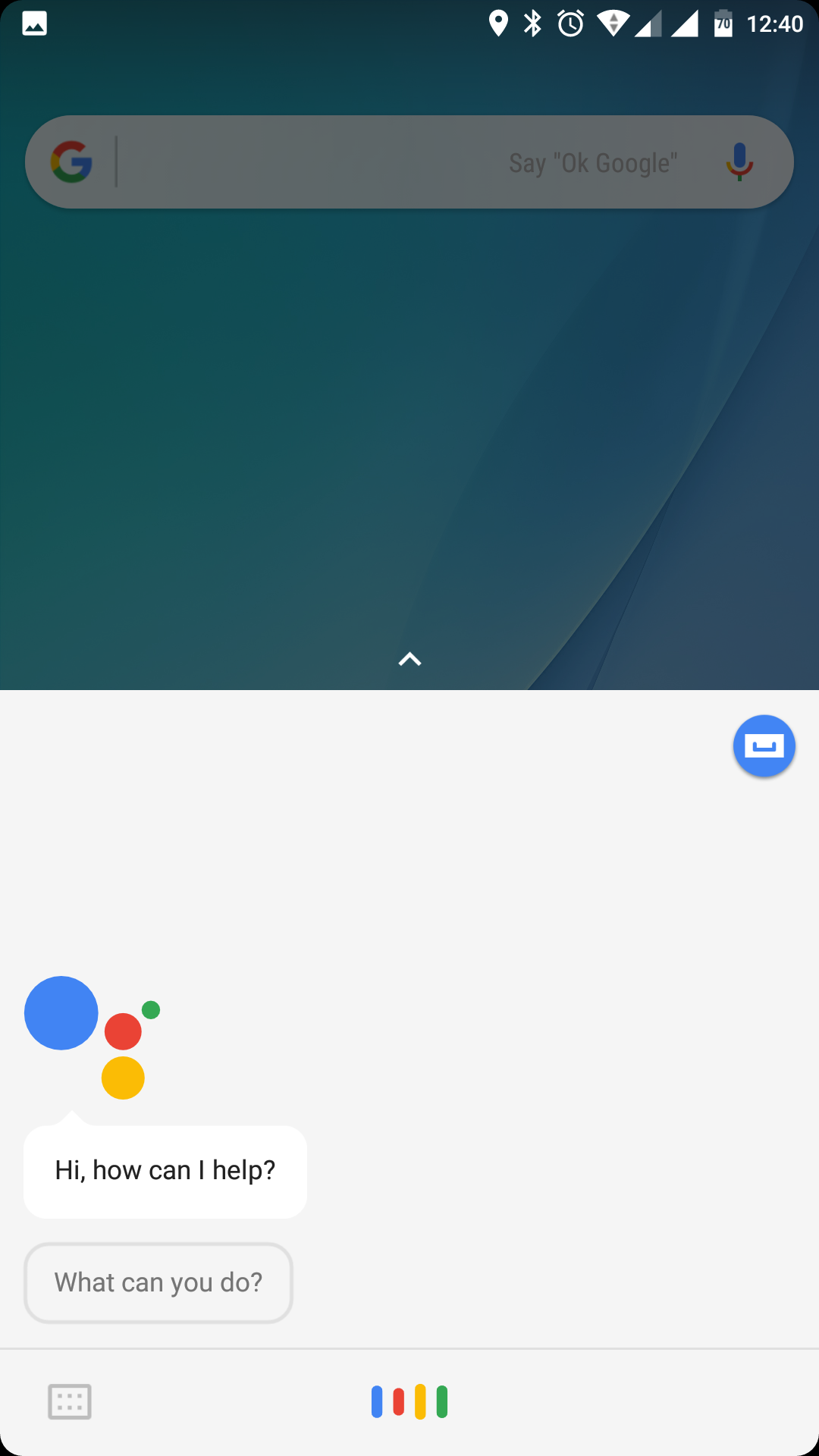

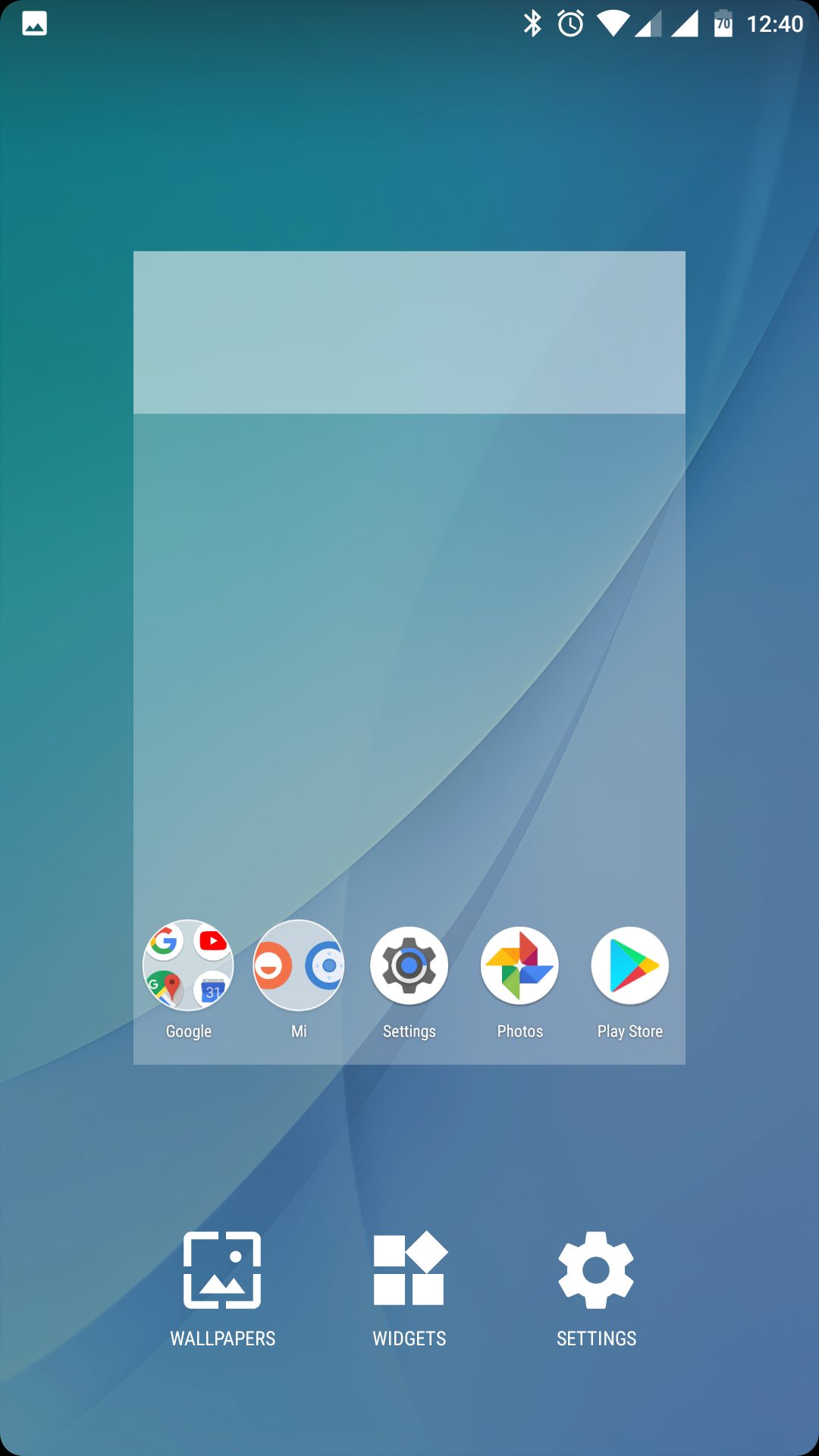
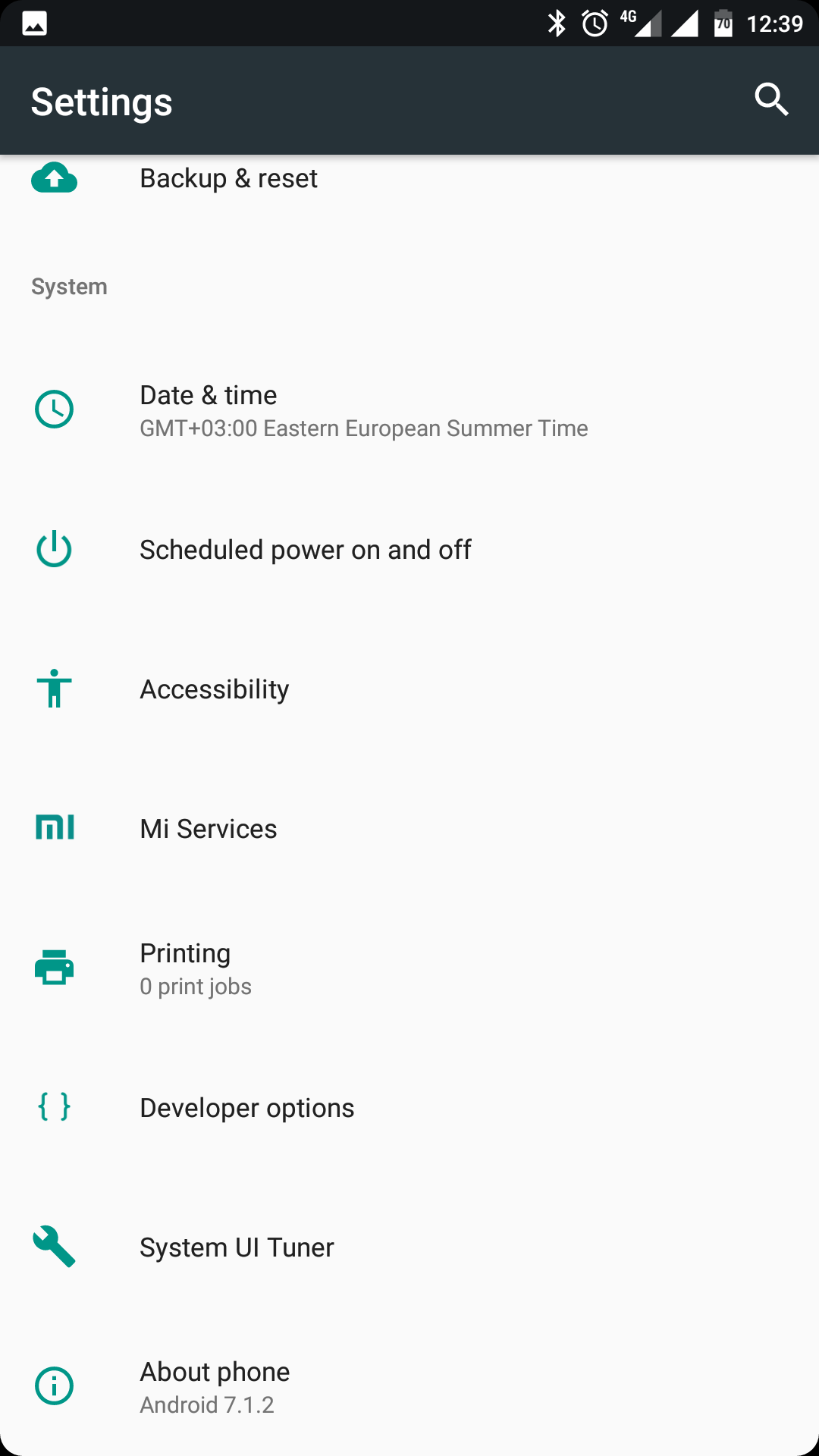
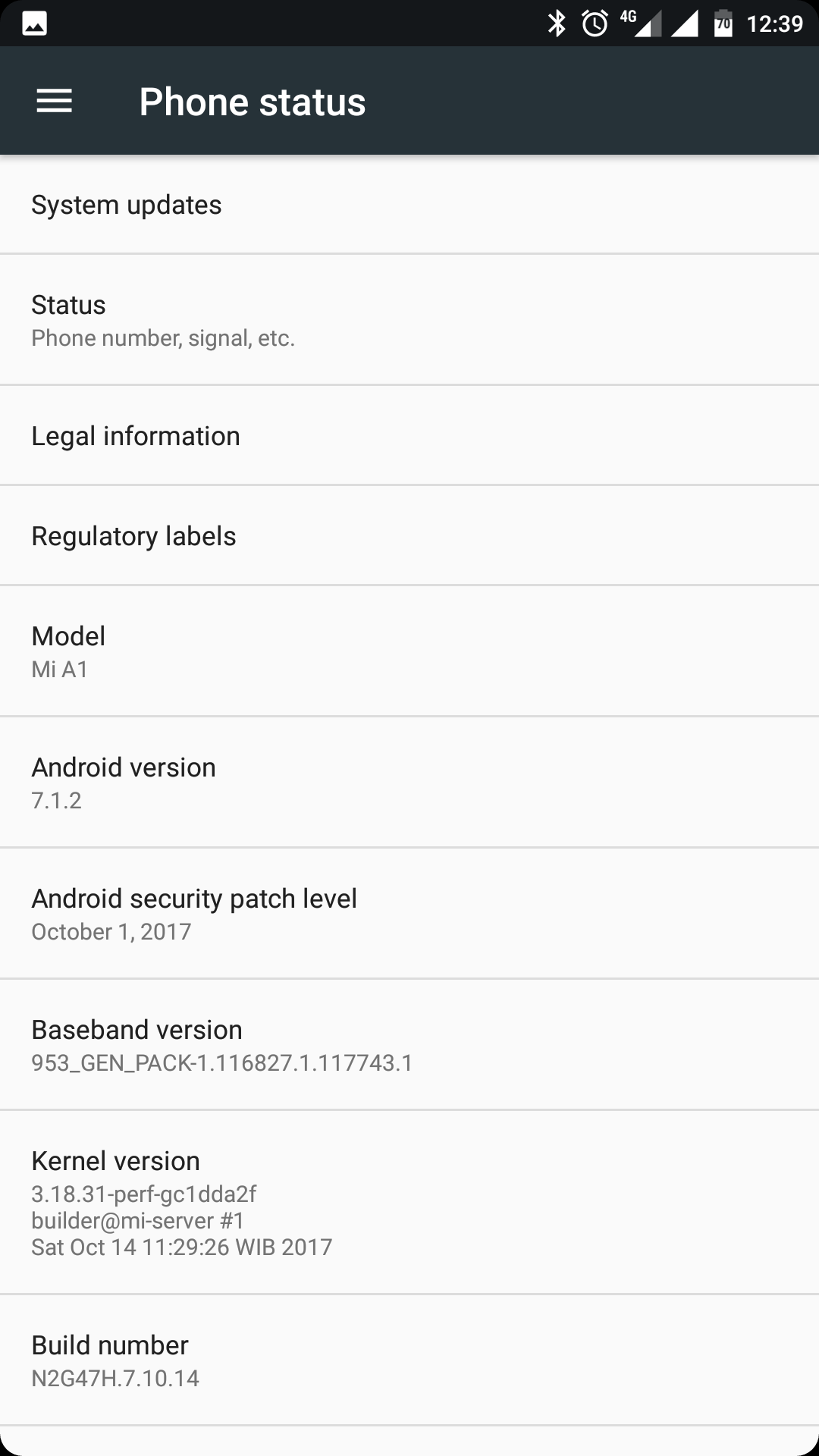
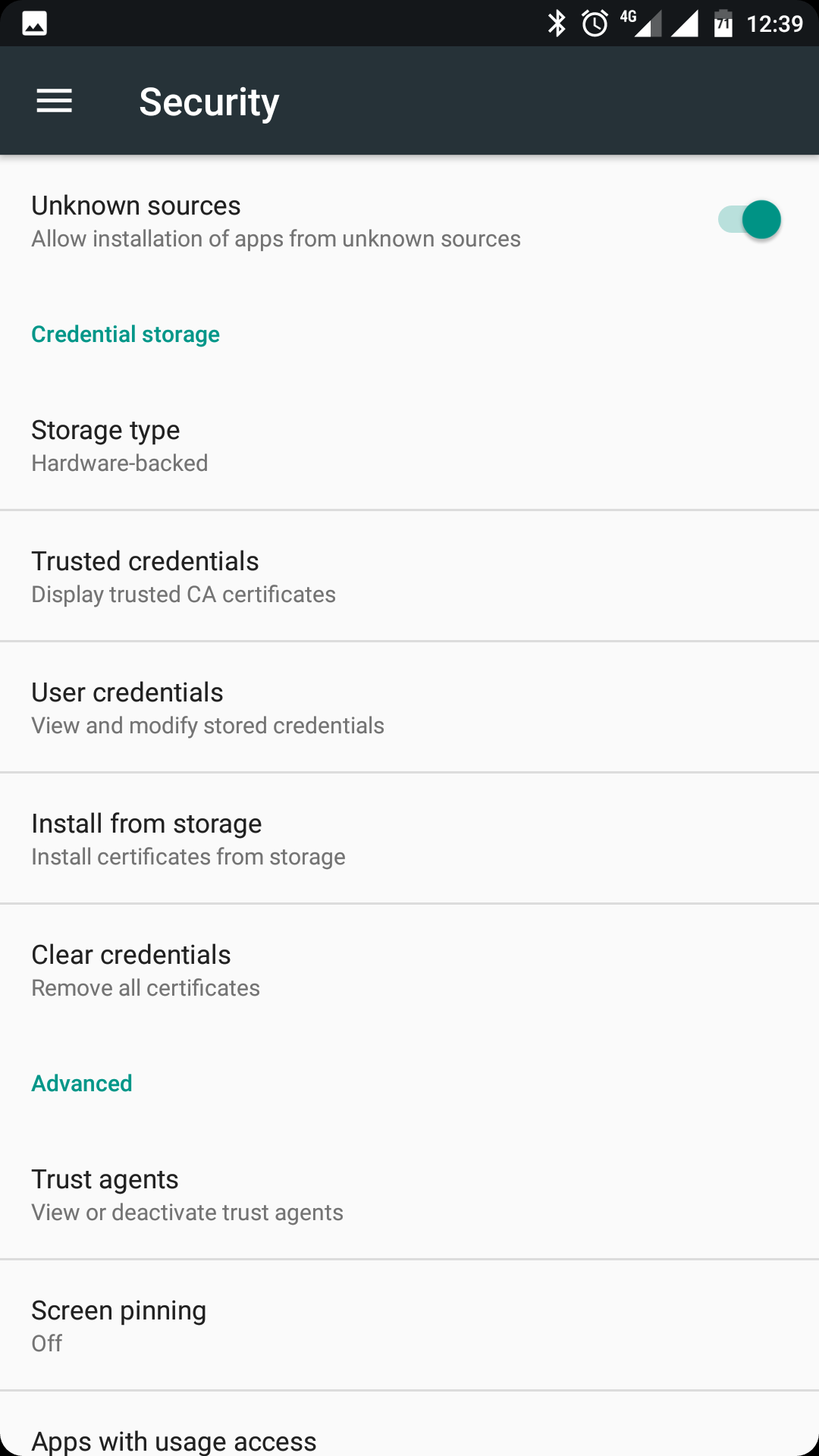
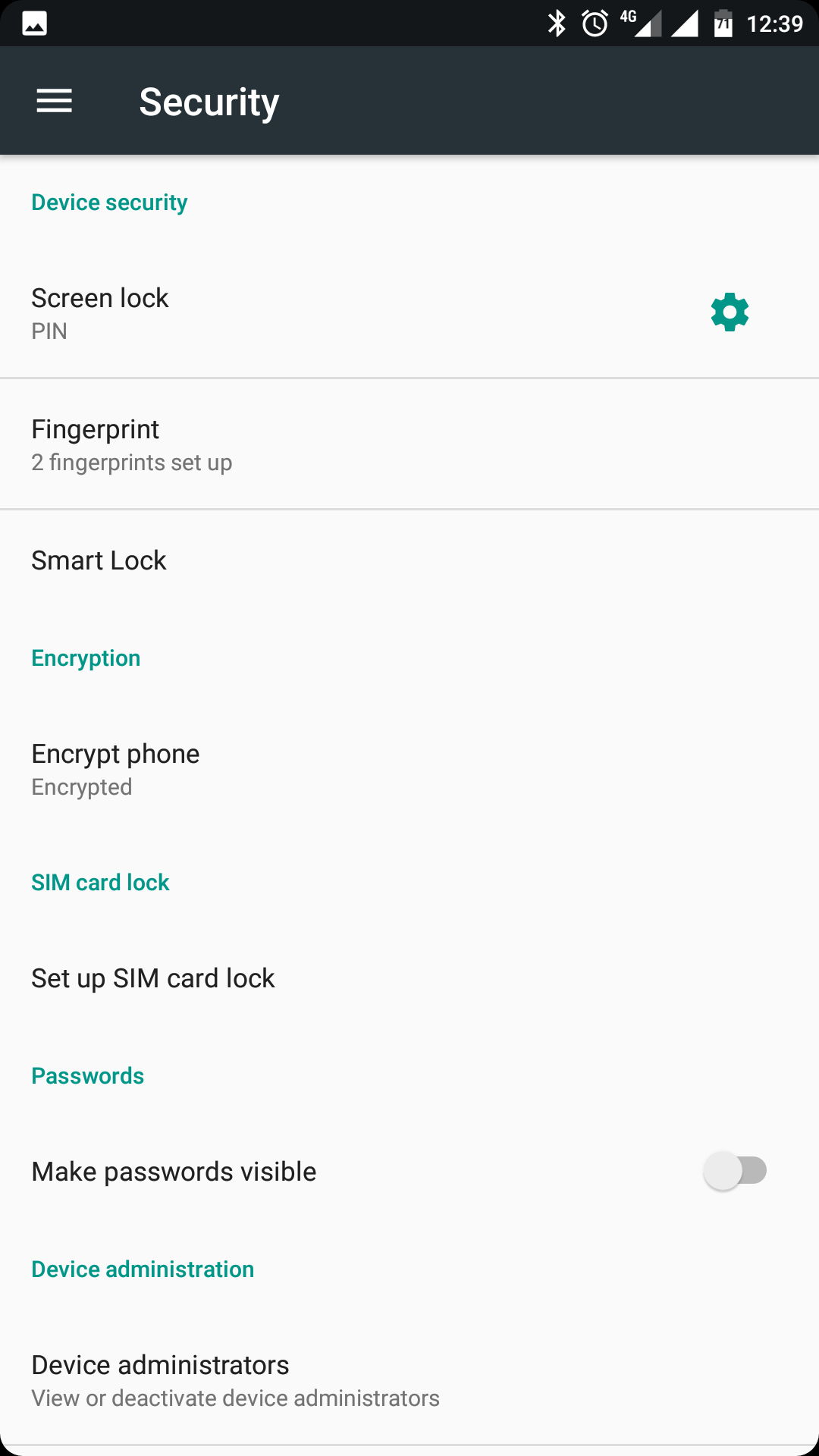
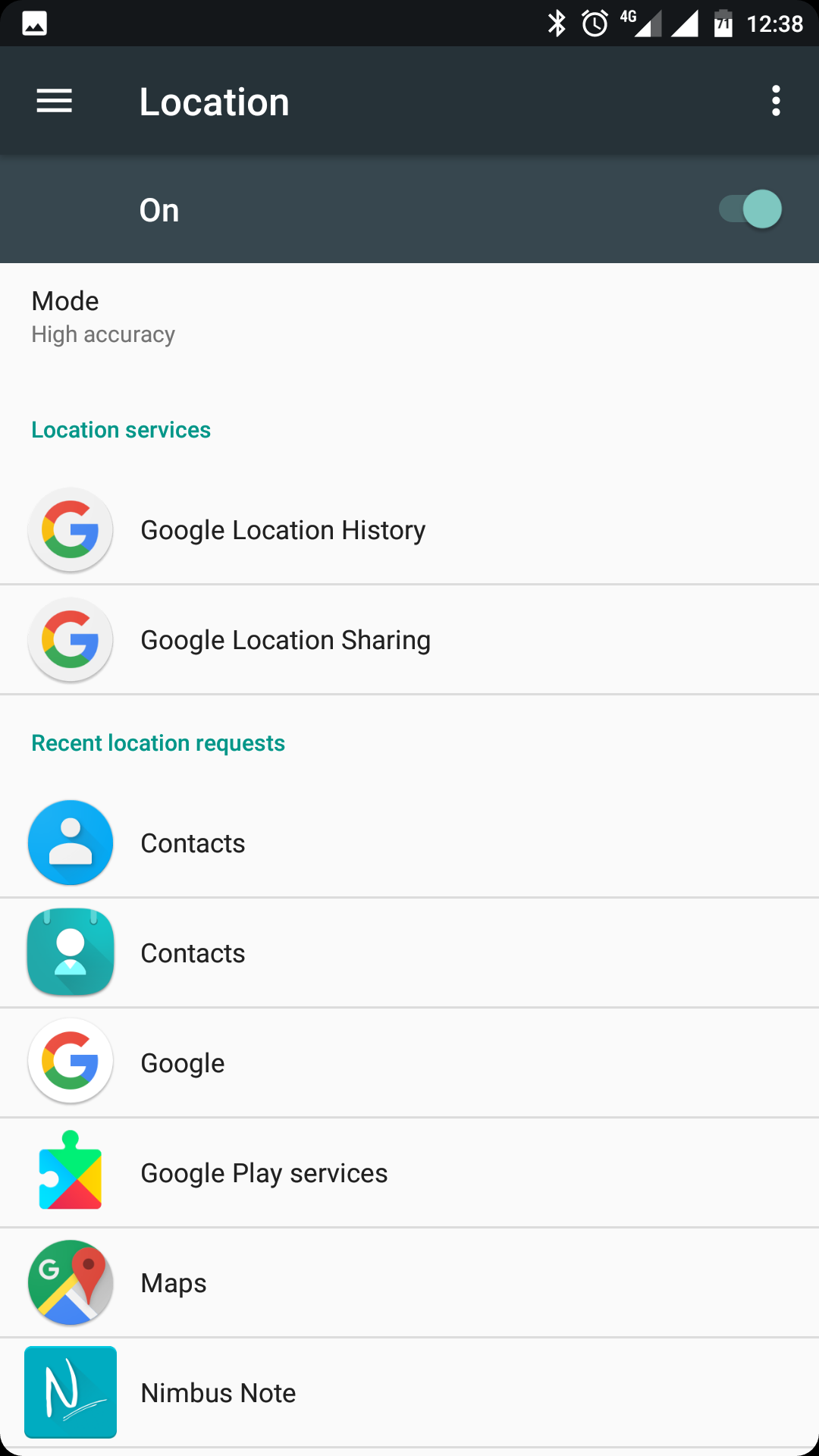
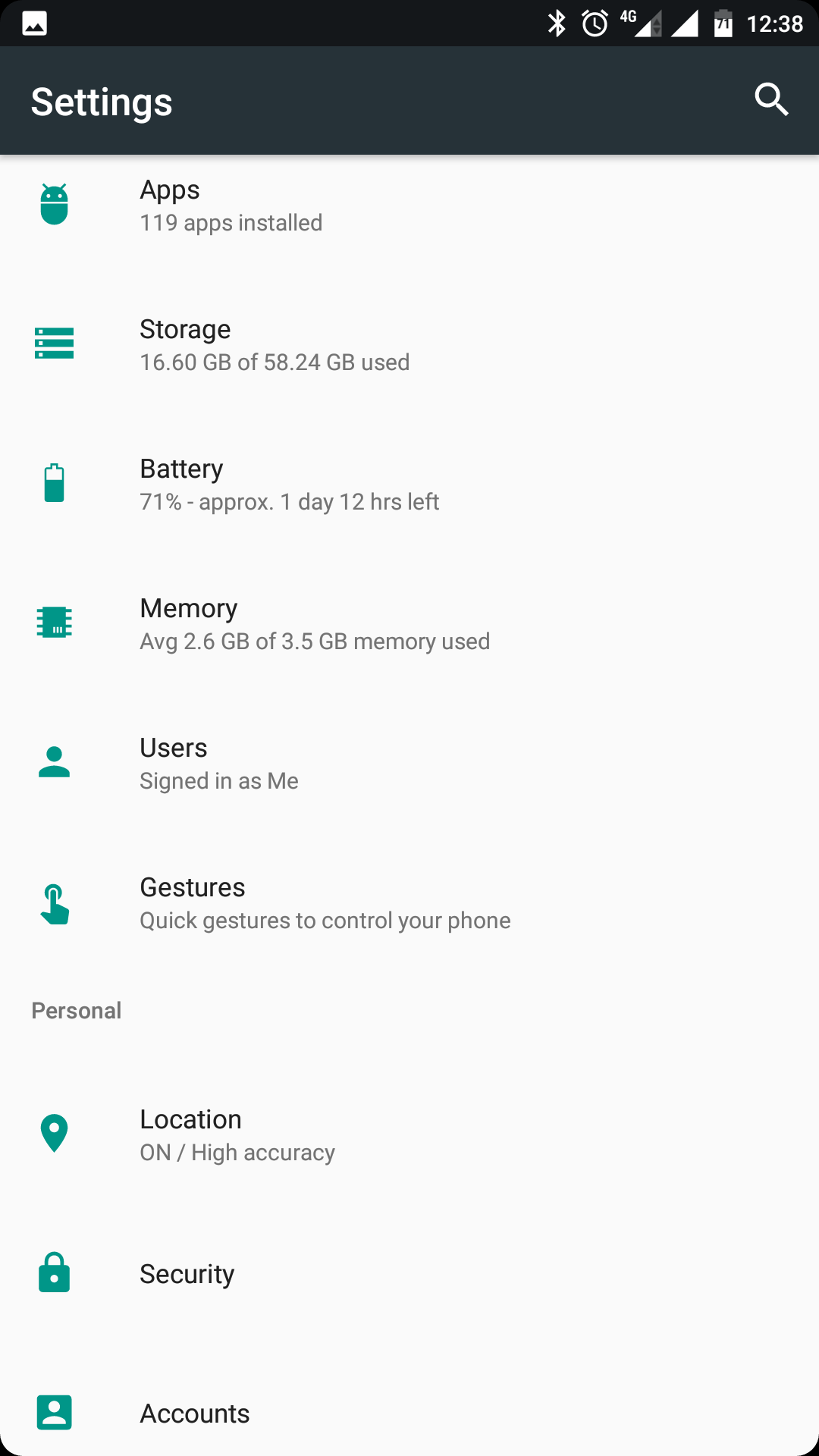
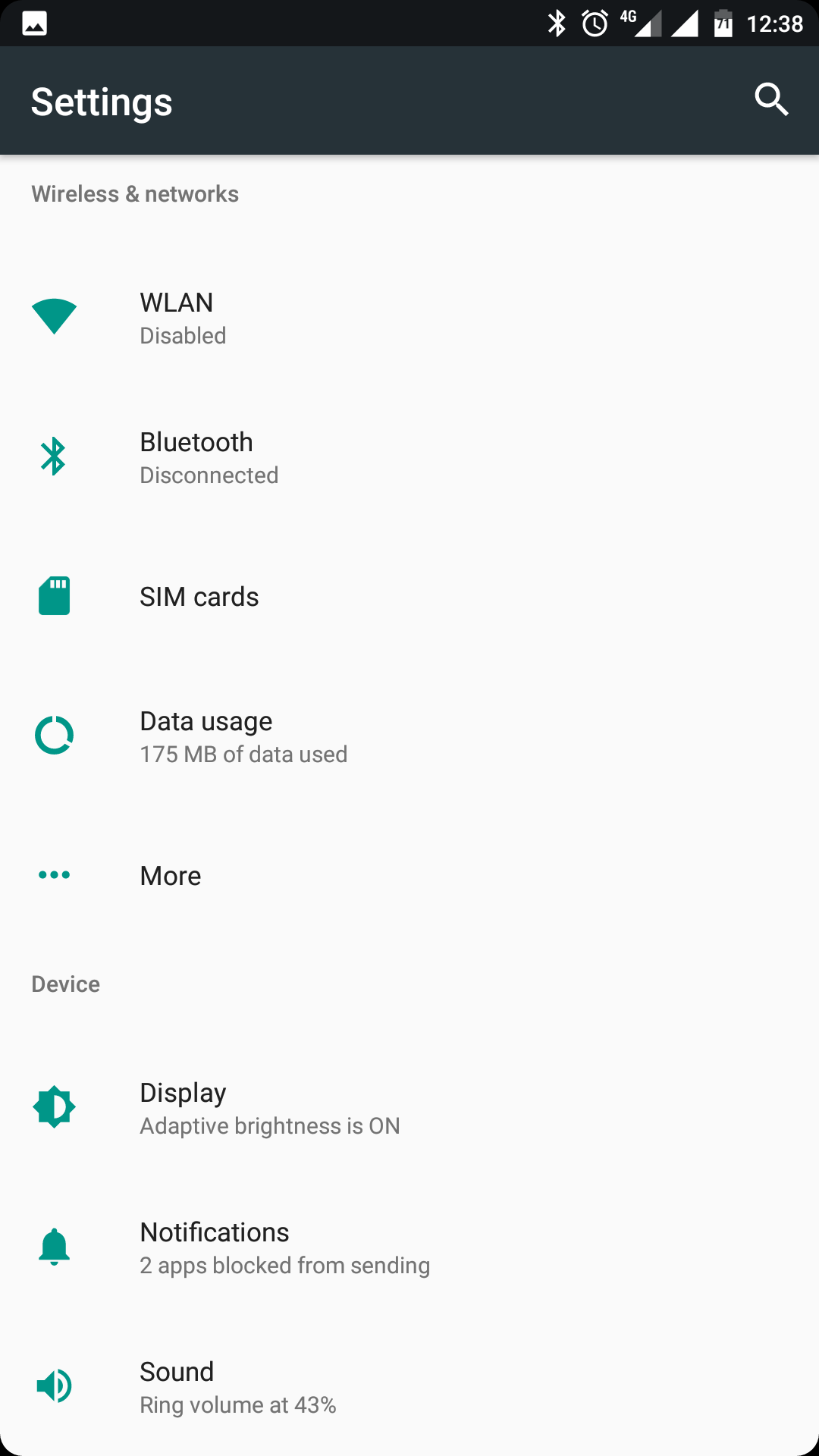

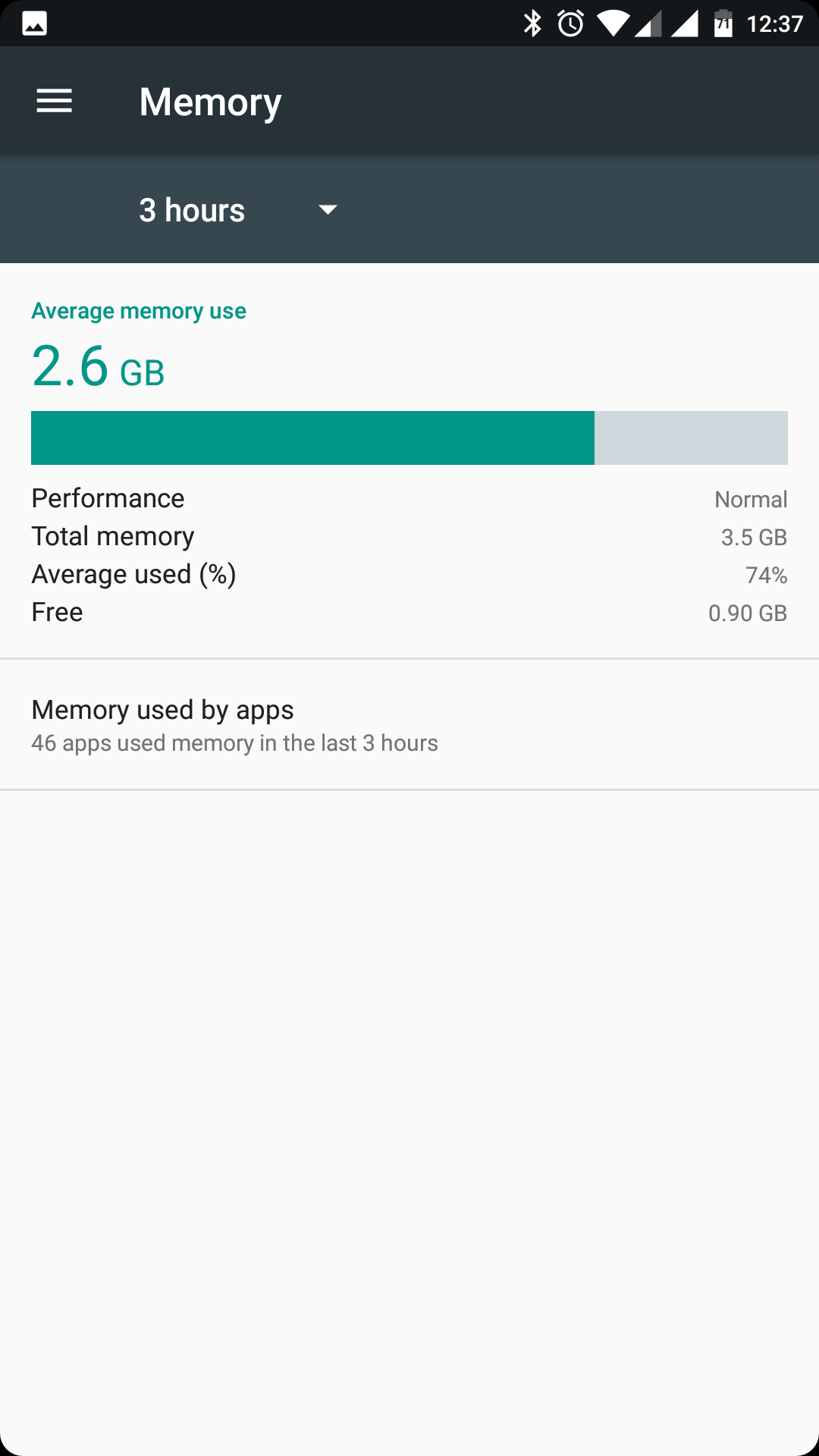
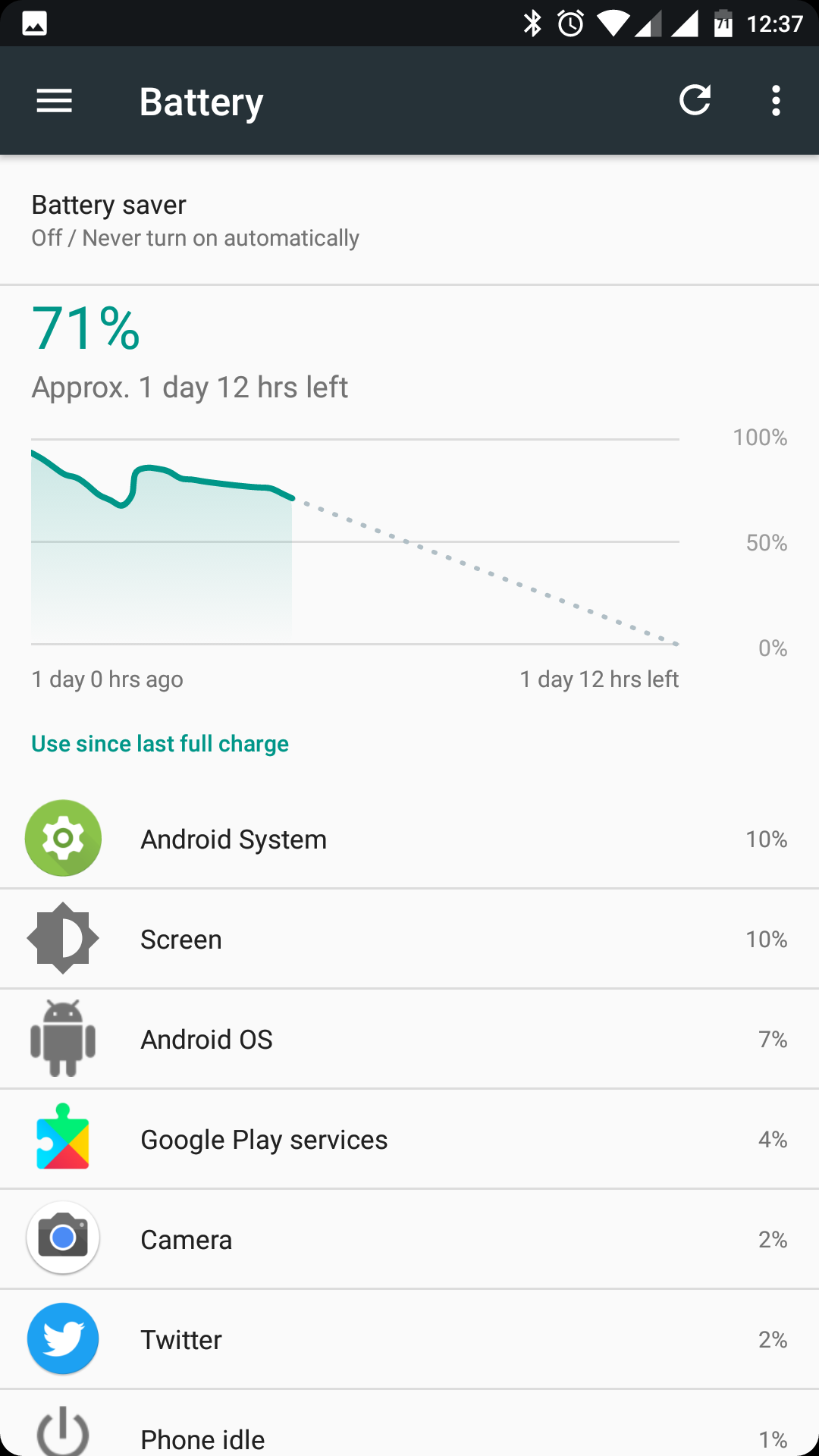
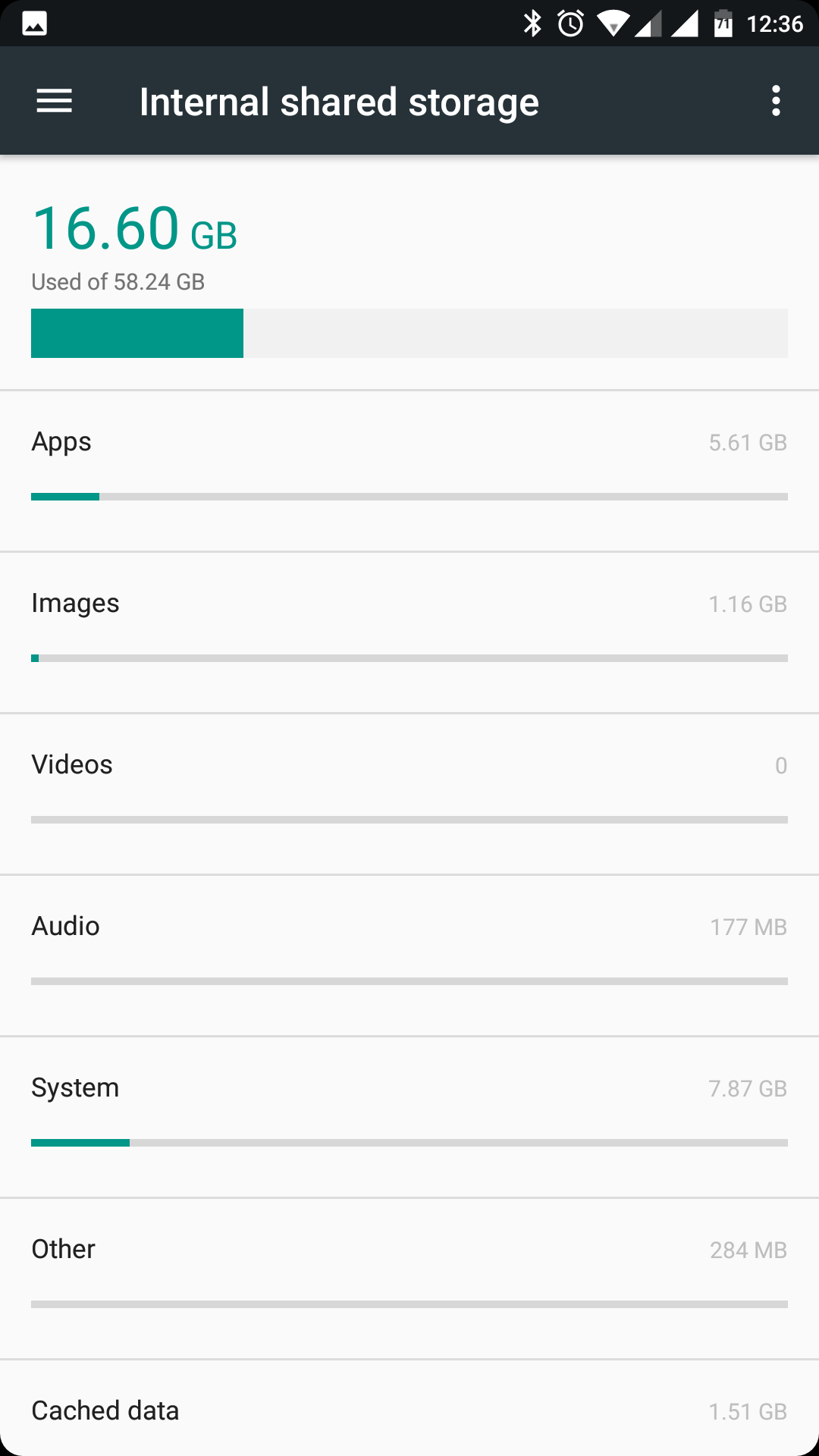
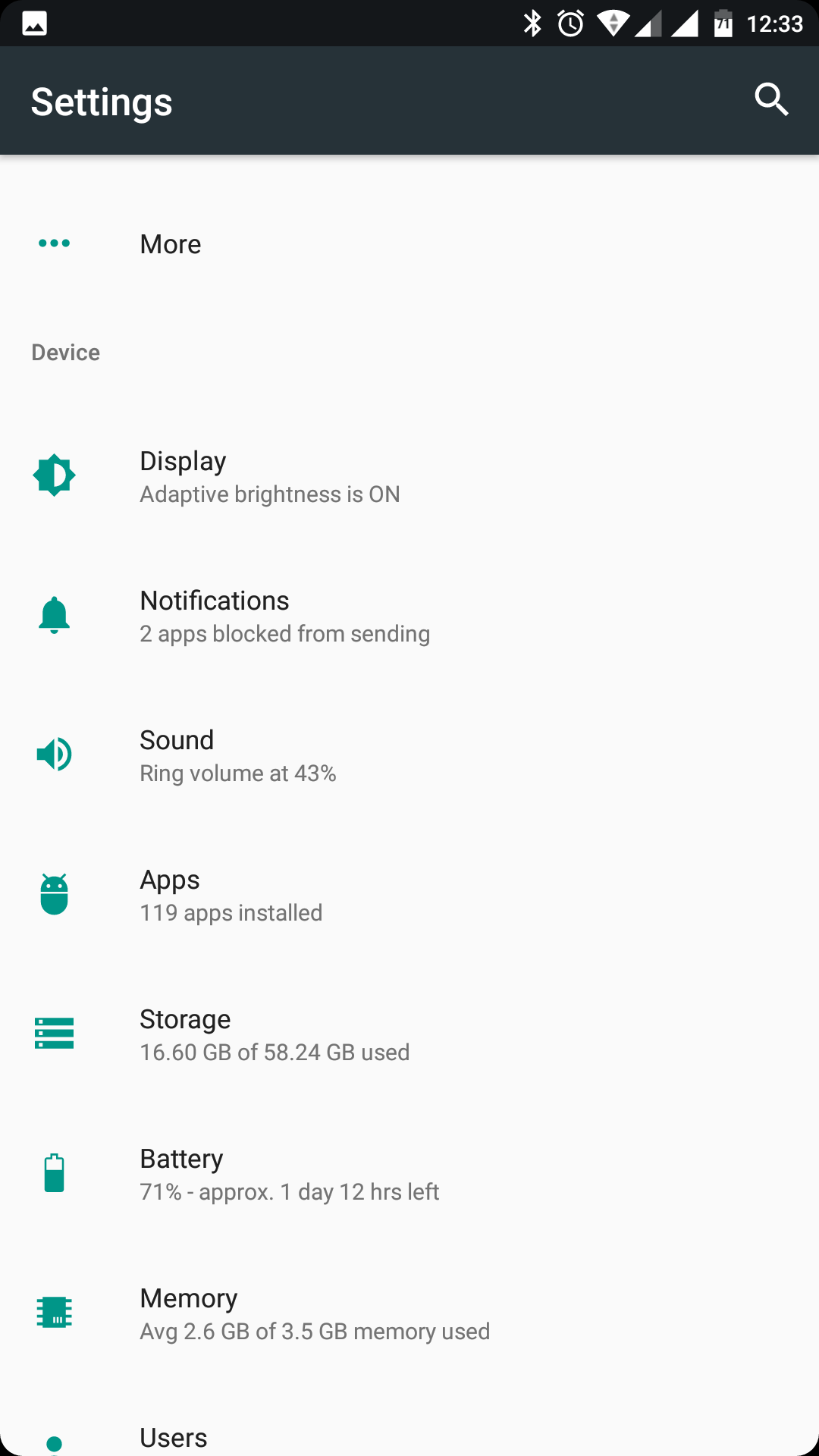

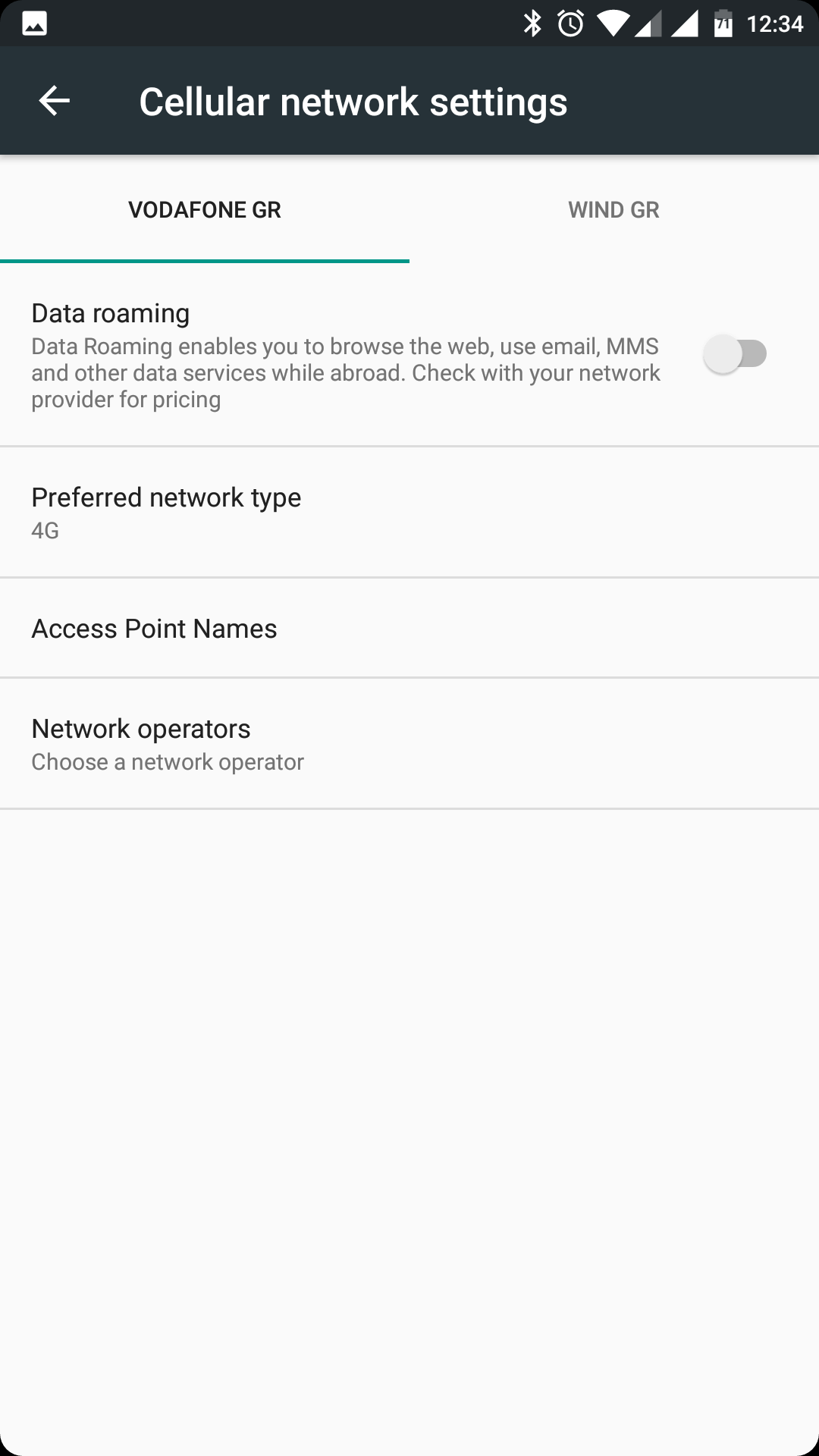
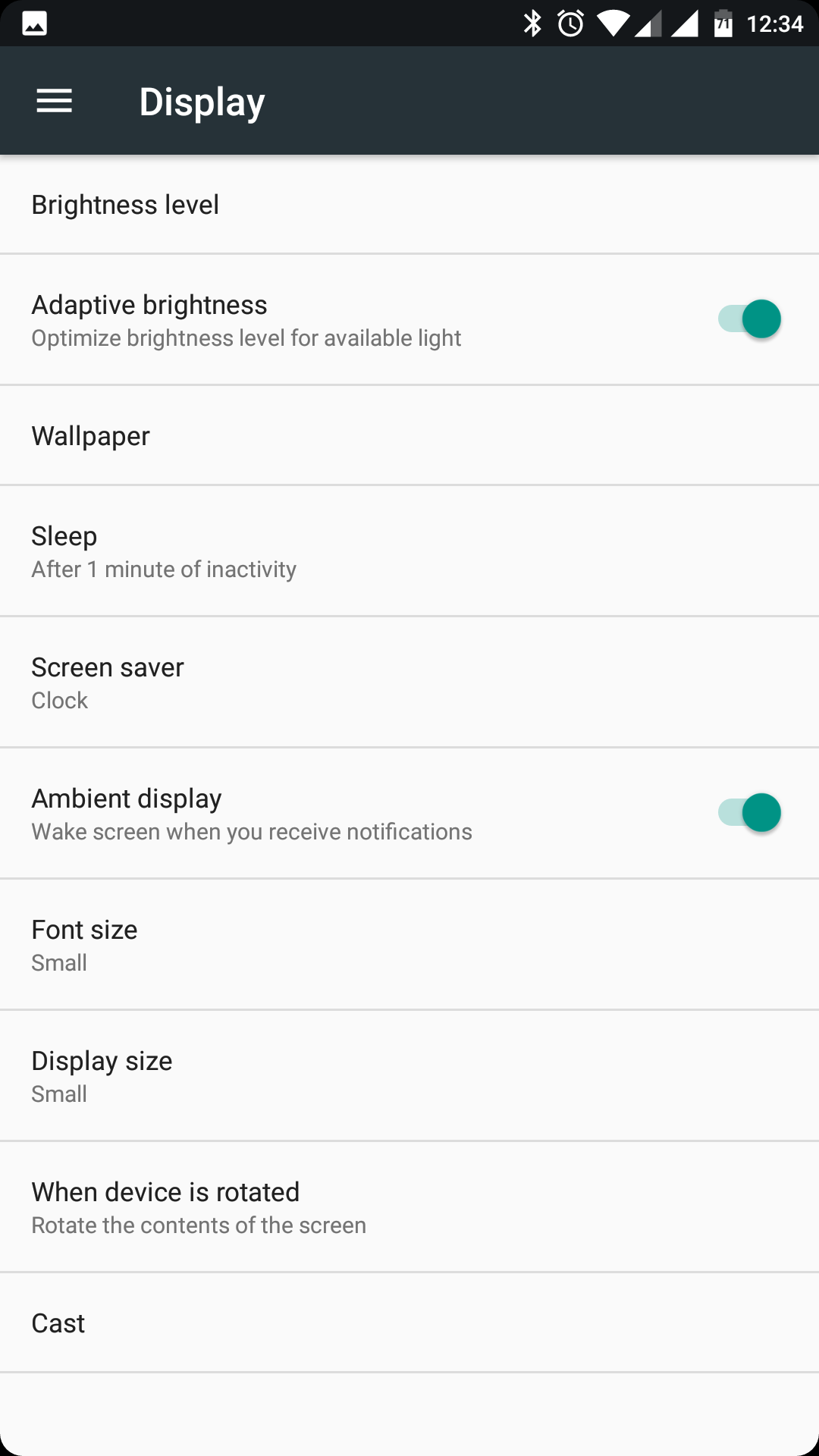
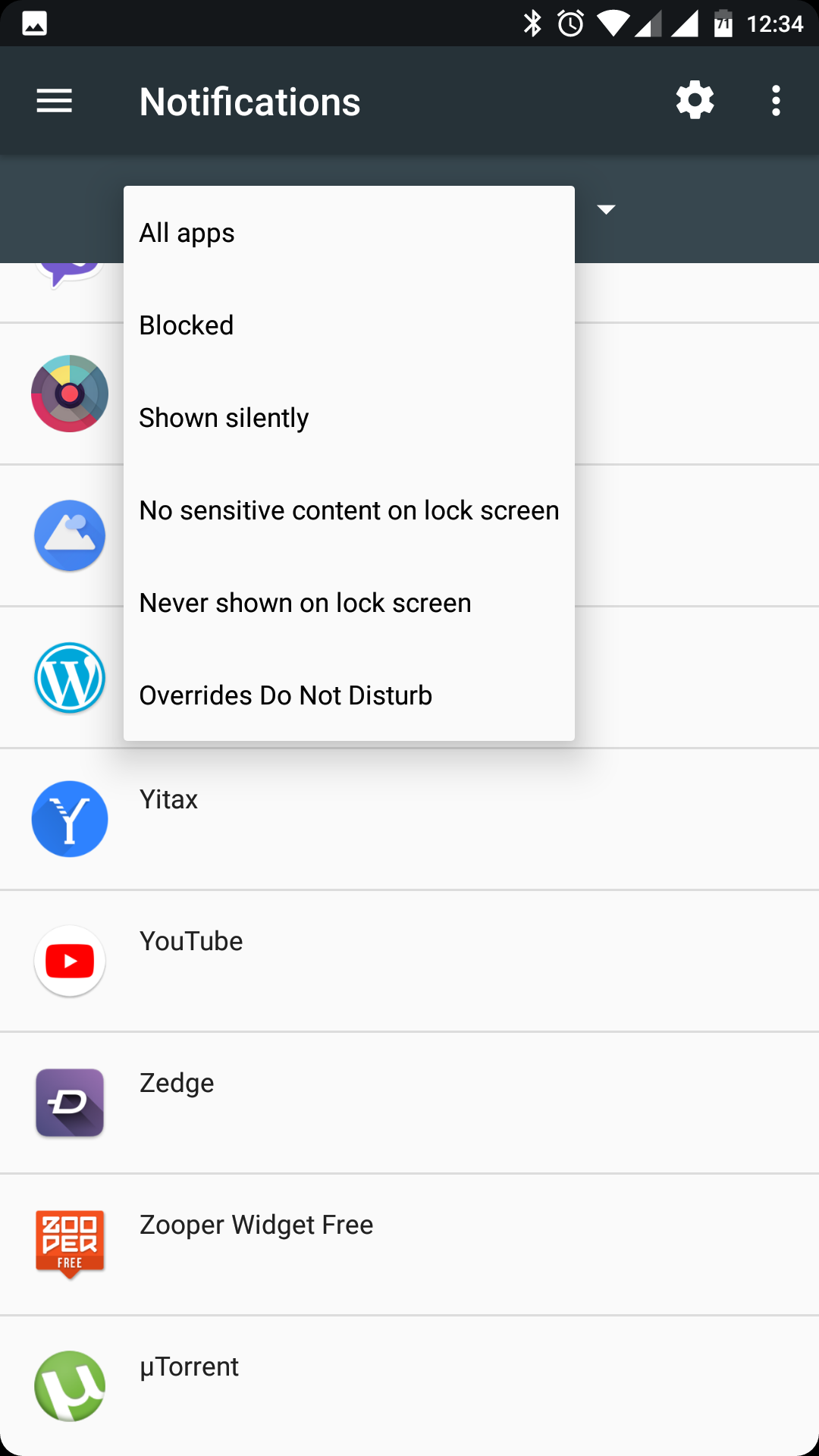

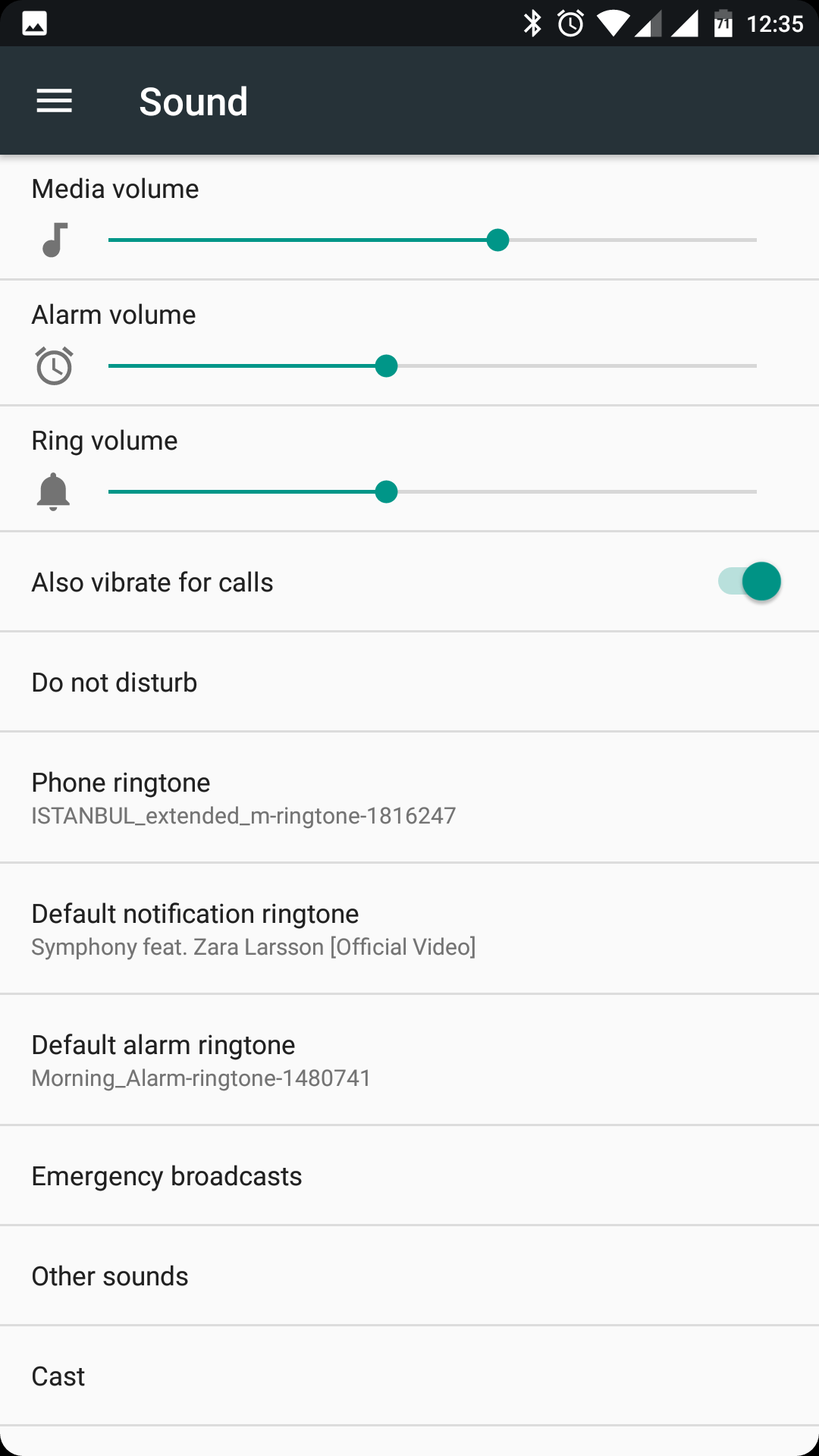
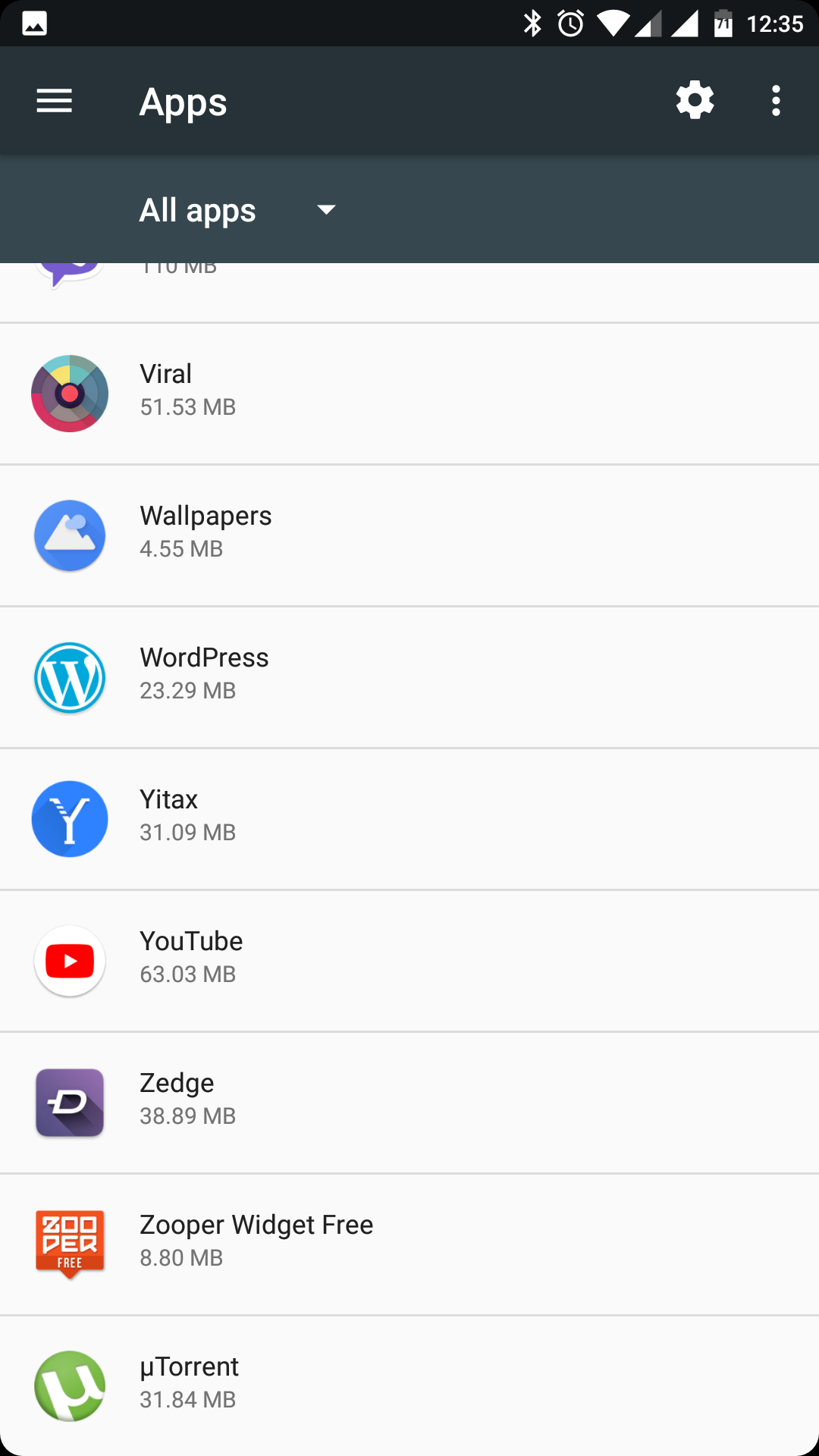
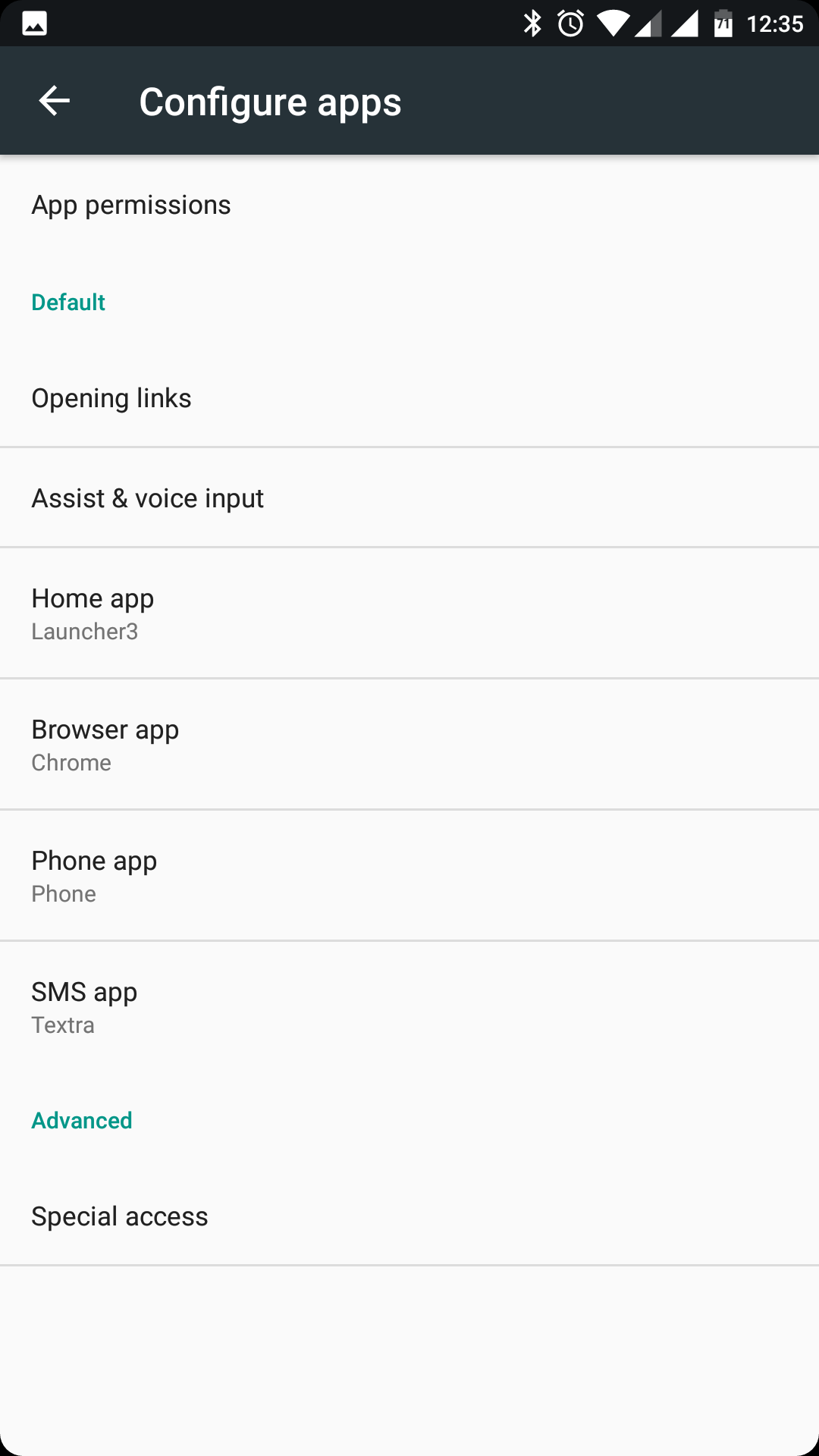
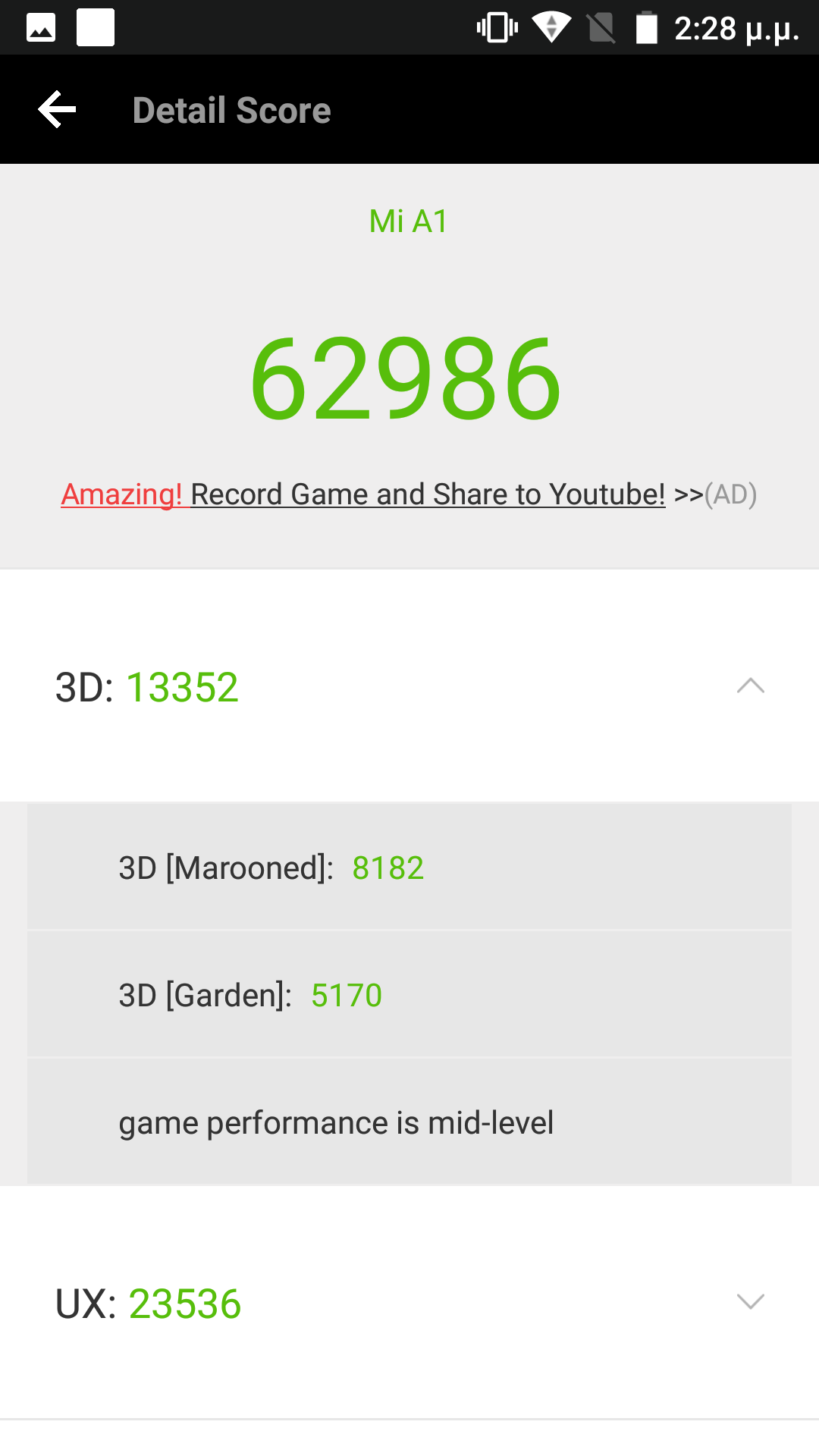
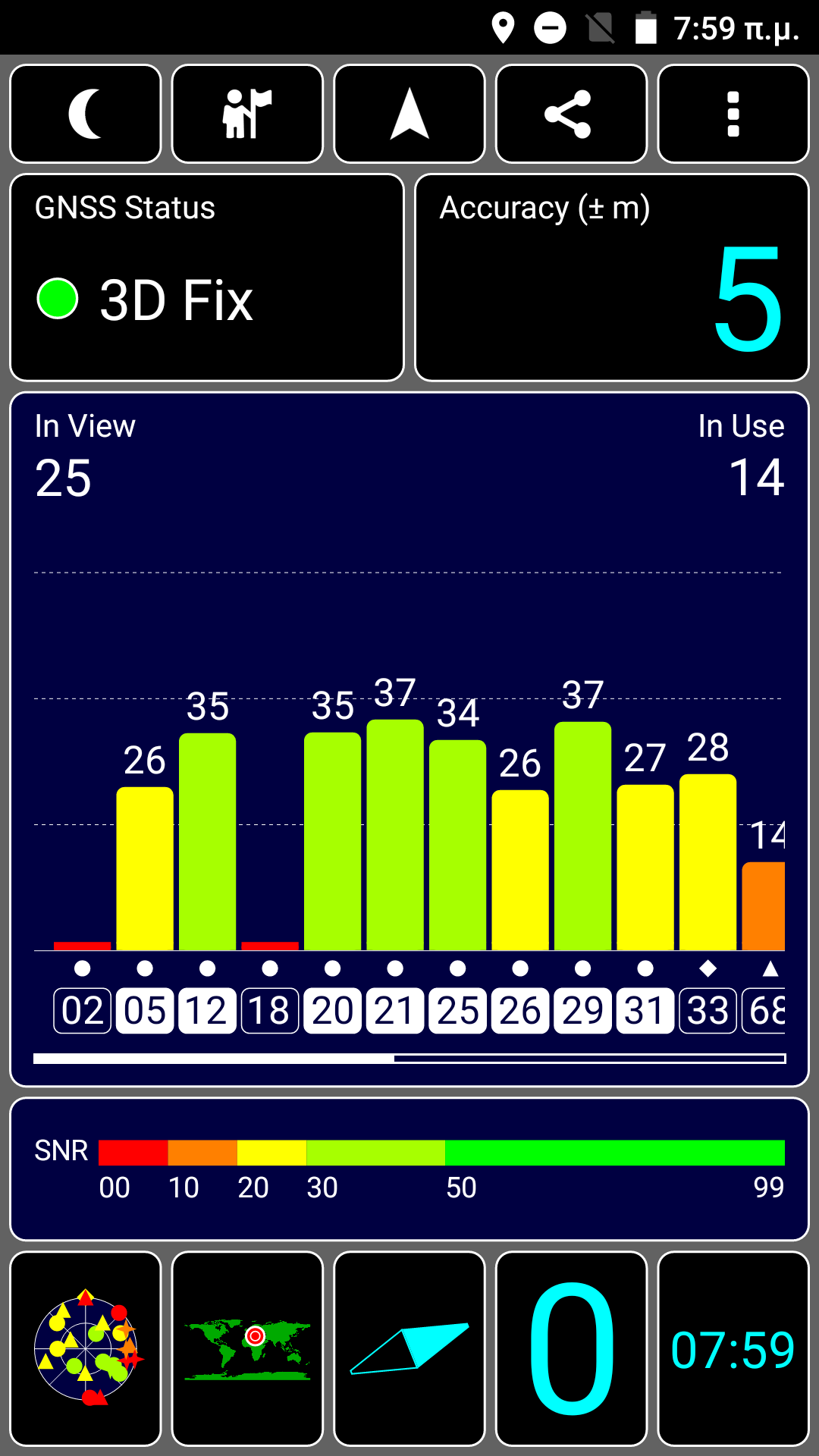
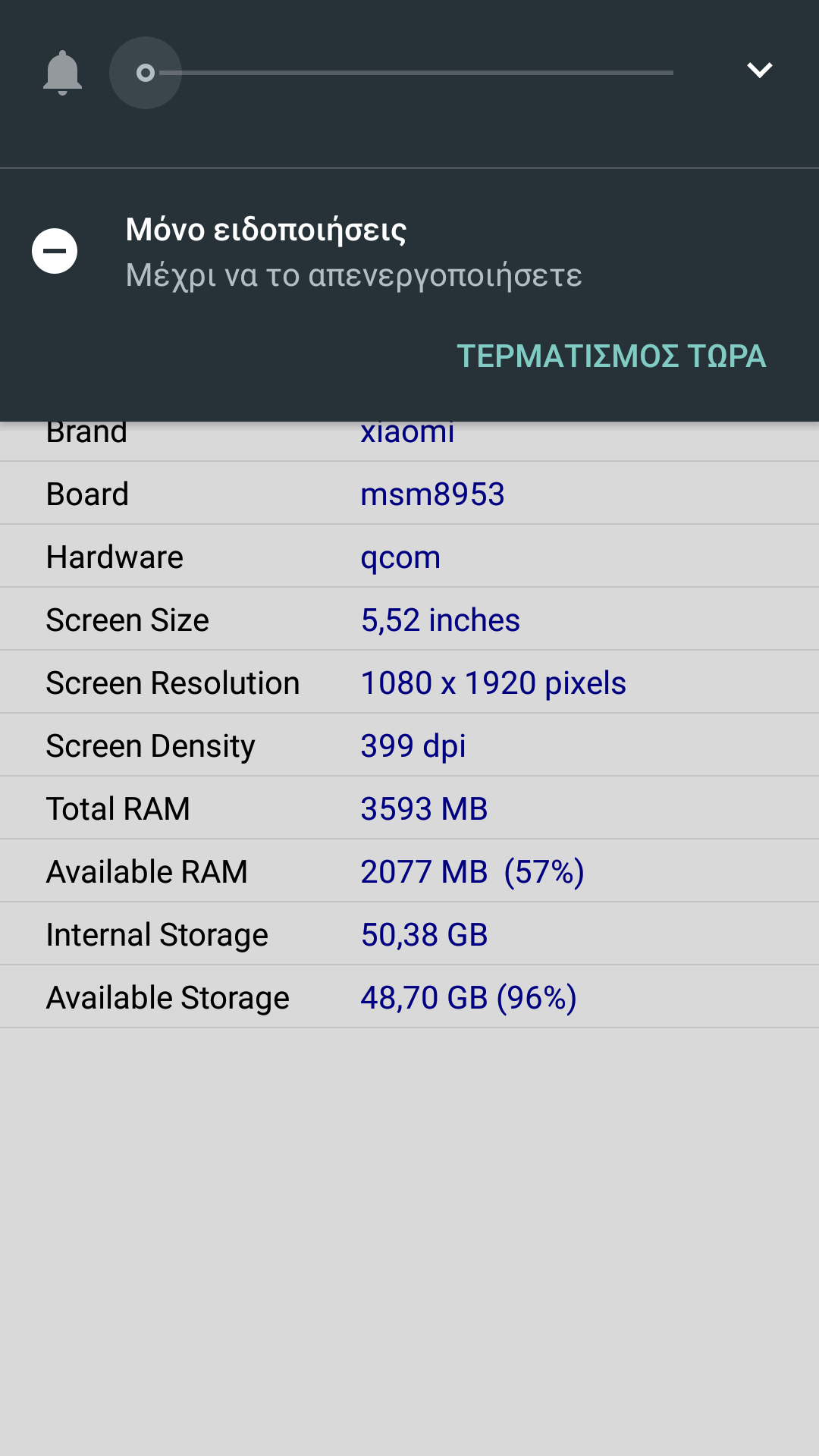
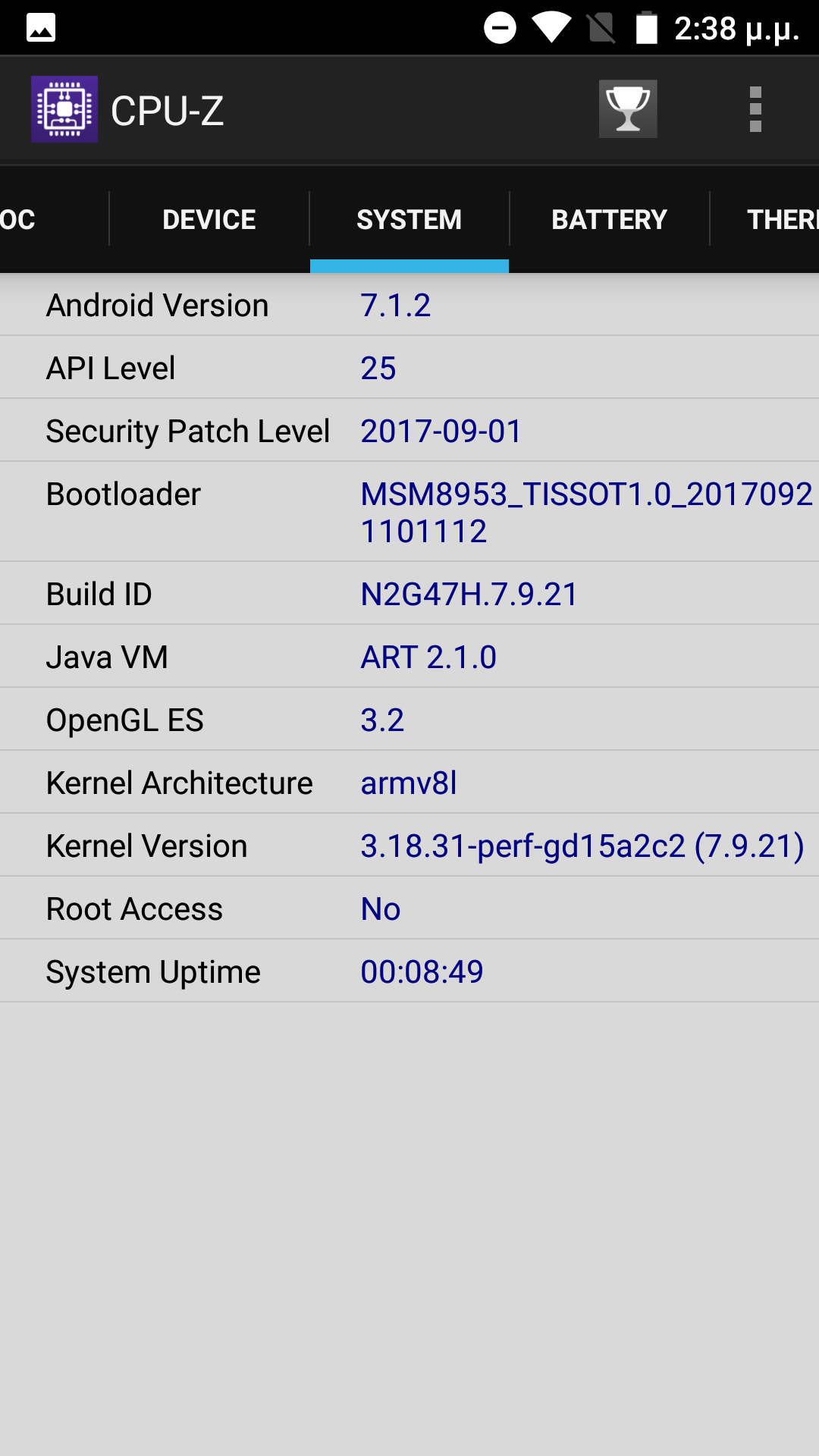
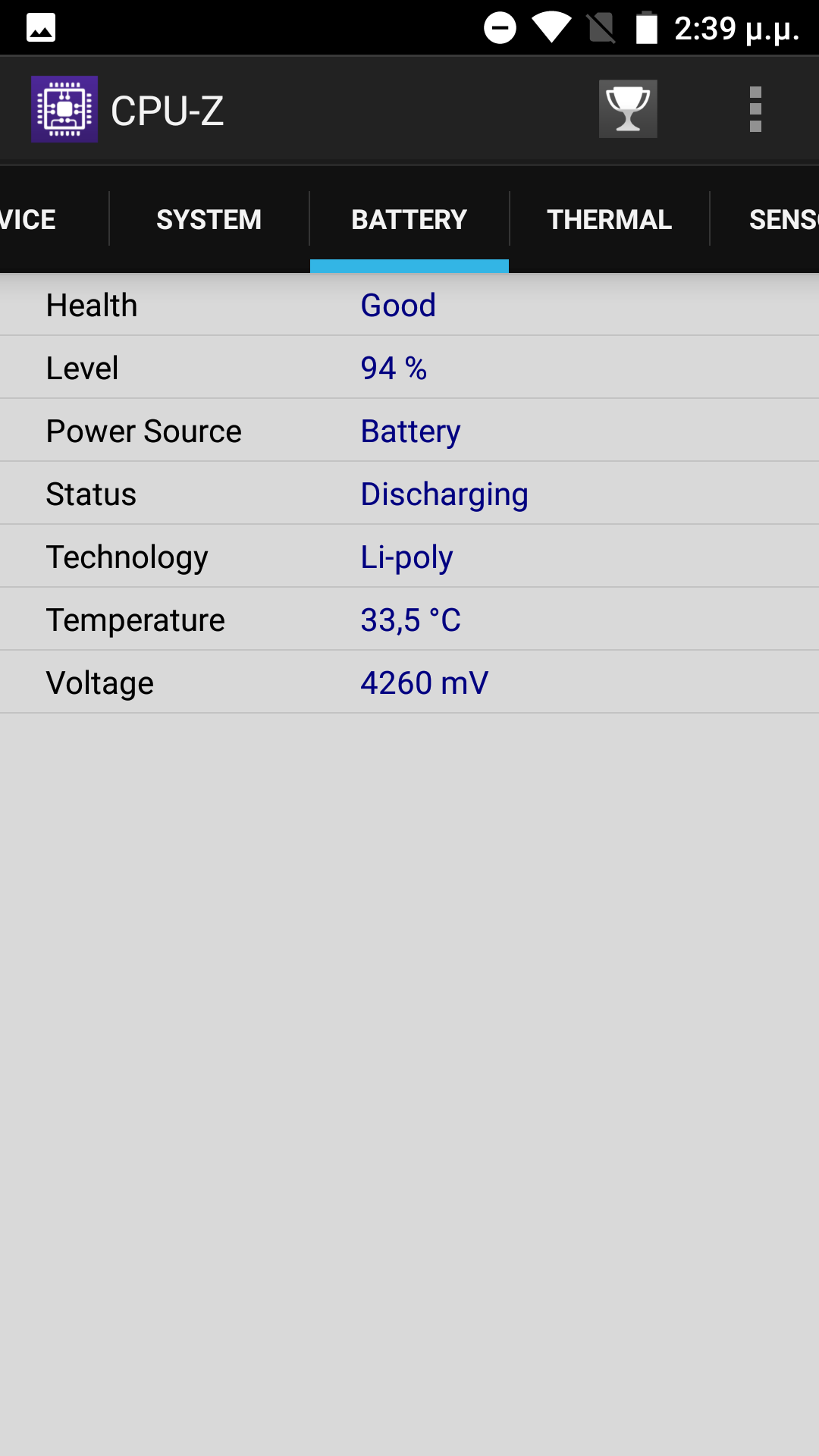
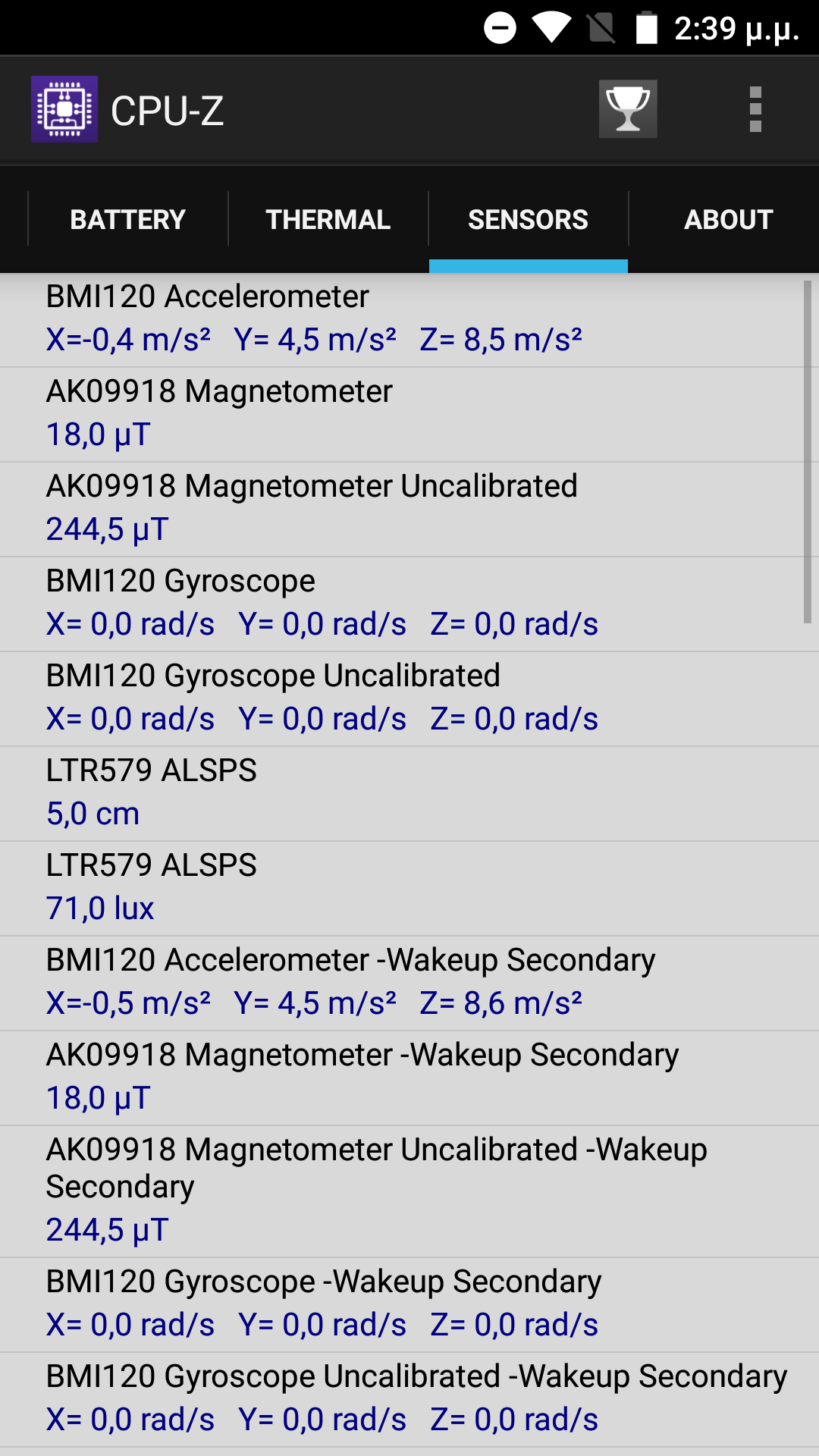

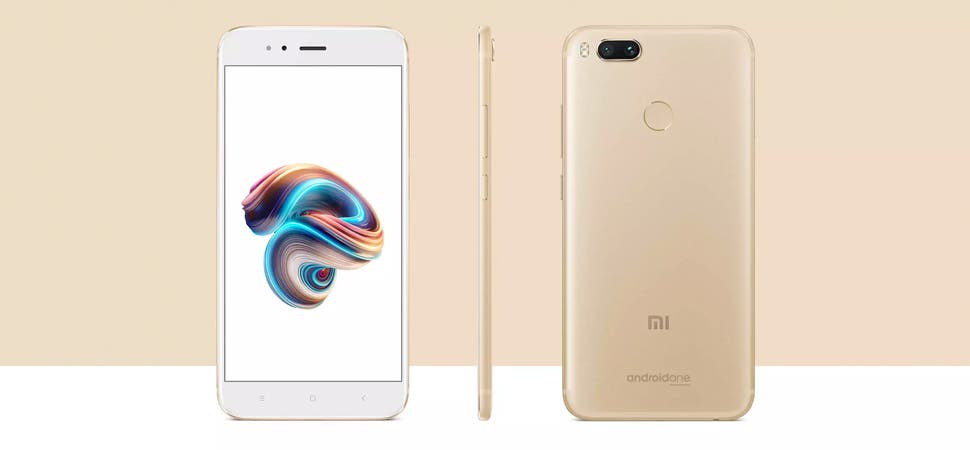

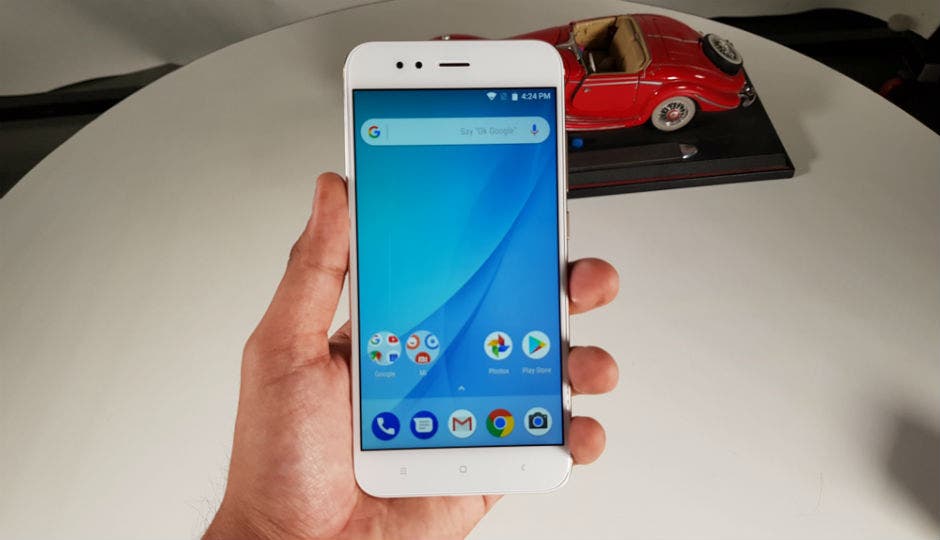
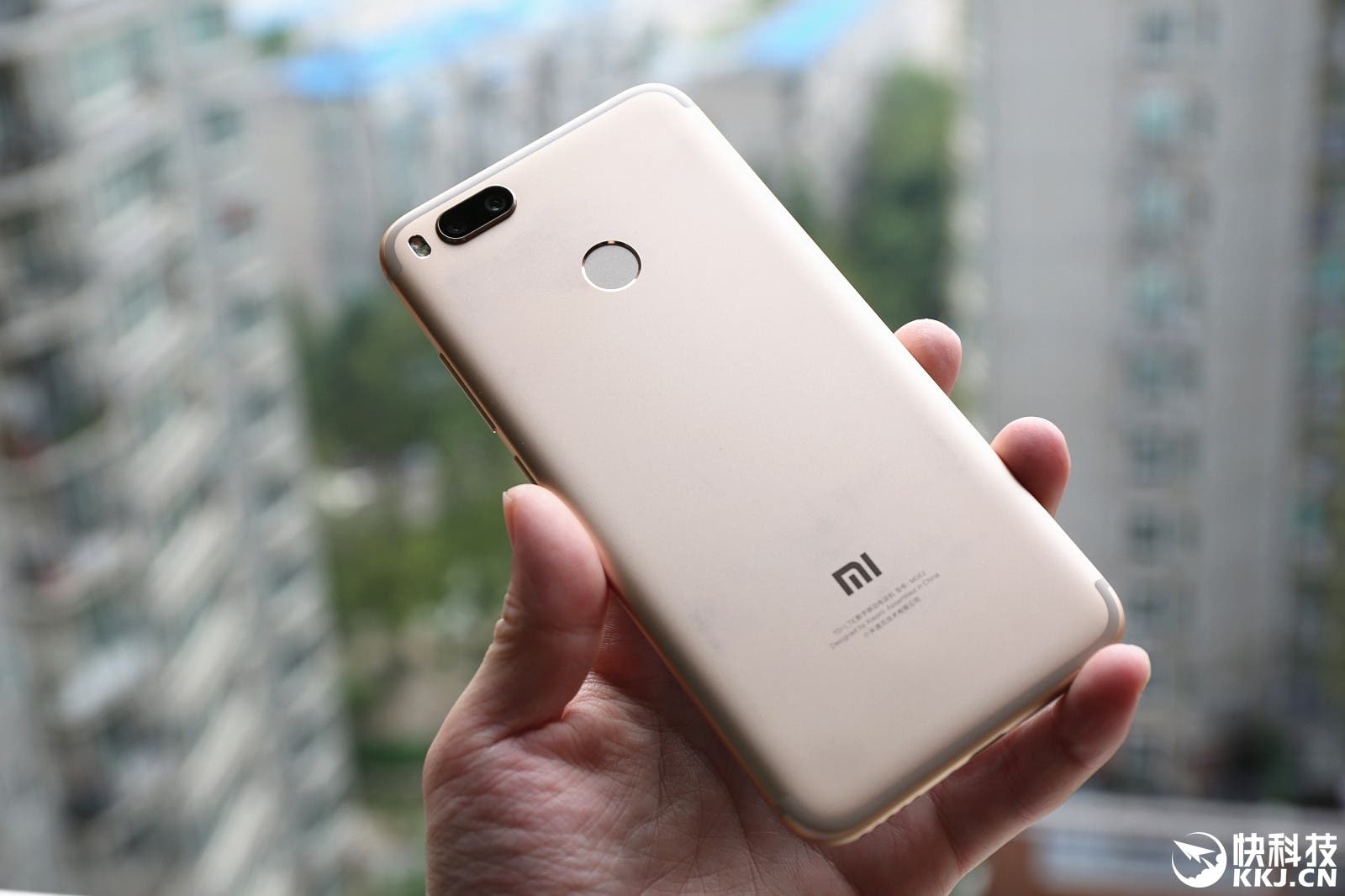
Great review! I wish I could install an OTA enabled ROM on my Mi5x…
Yeah, the a/b partition on the Mi A1 makes it difficult. But I think there’s an app recently developed by Chainfire that can help with a/b partition ota updates. Forgot what it’s called though.
Yeah that’s the difficult part.
Great review! I wish I could install an OTA enabled ROM on my Mi5x…
Yeah, the a/b partition on the Mi A1 makes it difficult. But I think there’s an app recently developed by Chainfire that can help with a/b partition ota updates. Forgot what it’s called though.
Yeah that’s the difficult part.
I wouldn’t want a Xiaomi phone without MIUI, that is the entire reason I buy Xiaomi. If I wanted a stock ROM, I would buy Moto, Nokia or Pixel.
That makes no sense.
Makes perfect sense.
haha been a while…touché
Well for you personally you may make that choice but it would be a bad one for anyone else, esp those that recognizes value. It makes very little sense considering Moto, Nokia or google all do not offer anything with this range of features, spec sheet, updates and build quality for the price in one package . Also none of them also offer any dual camera options in this price range either (The moto G5S Plus is more expensive in most territories).
So not considering it as a stock android option (if you wanted one) just simply because it is made by xiaomi does indeed make no sense as by all accounts it seems like one of very few stock android options coming out of china. And of course being stock android perfromance will be much improved over the bugfest that is MIUI.
I wouldn’t want a Xiaomi phone without MIUI, that is the entire reason I buy Xiaomi. If I wanted a stock ROM, I would buy Moto, Nokia or Pixel.
That makes no sense.
Makes perfect sense.
1. I buy Xiaomi phones specifically for MIUI.
2. MiA1 doesn’t have MIUI. It runs stock Android.
3. If I wanted stock Android I would buy one of the three phones that have stock Android.
What part didn’t you understand?
haha been a while…touché
Well for you personally you may make that choice but it would be a bad one for anyone else, esp those that recognize value. It makes very little sense considering Moto, Nokia or google all do not offer anything with this range of features, spec sheet, updates and build quality in one package for a similar price. Also none of them offer any dual camera options in this price range either (The moto G5S Plus is the only one and is more expensive than the M1 A1 in most territories).
So not considering it as a stock android option (if you wanted one) just simply because it is made by xiaomi does indeed make no sense as by all accounts it seems like one of very few decent mid range stock android options at a good price. And of course being stock android performance will be much improved over the bugfest that is MIUI.